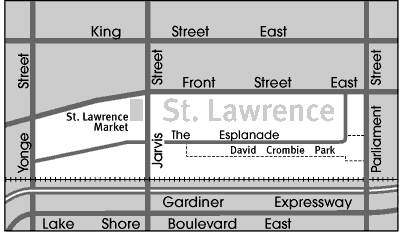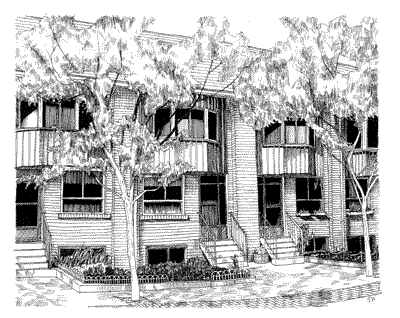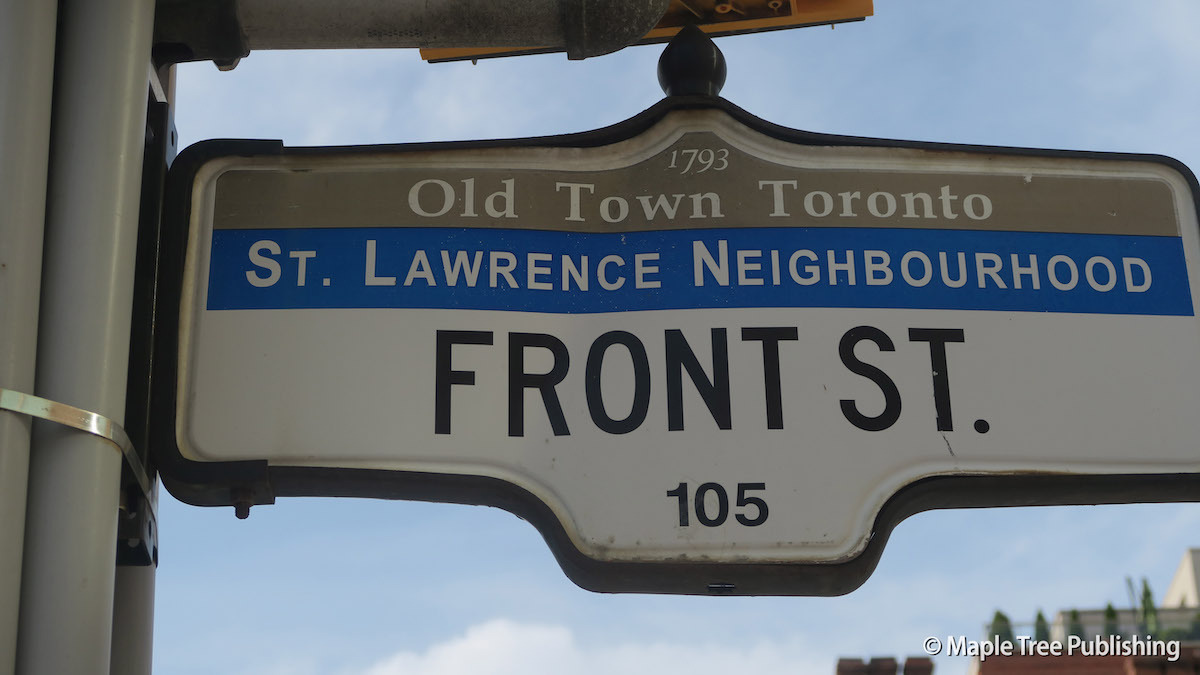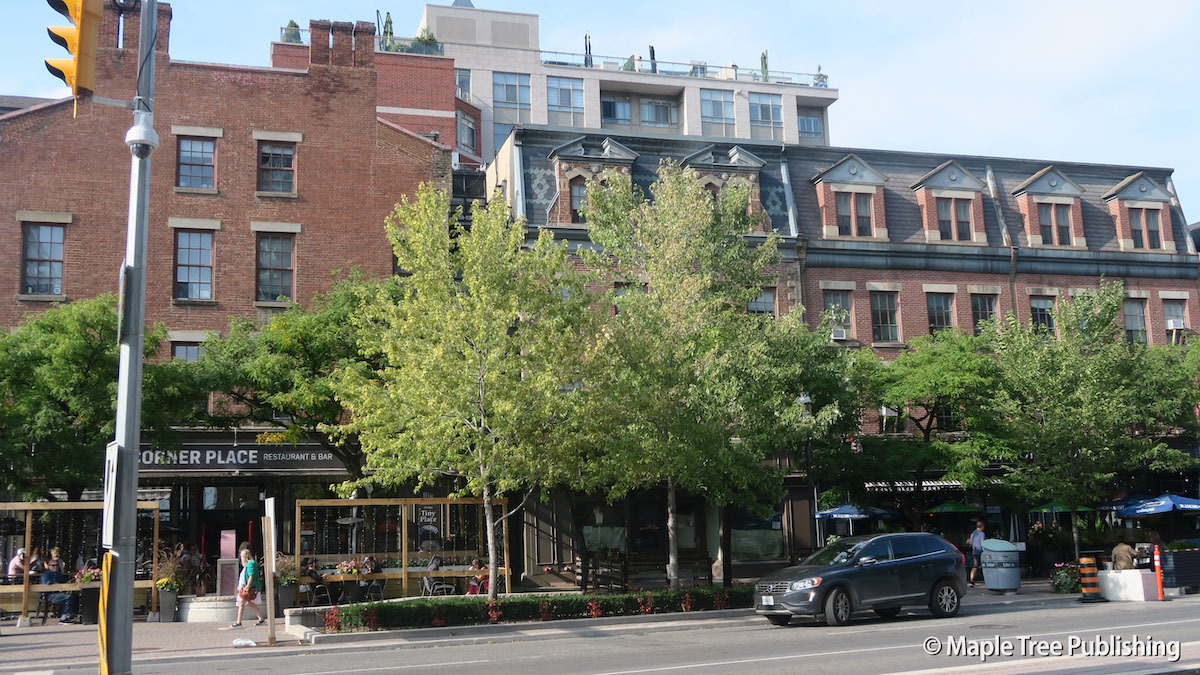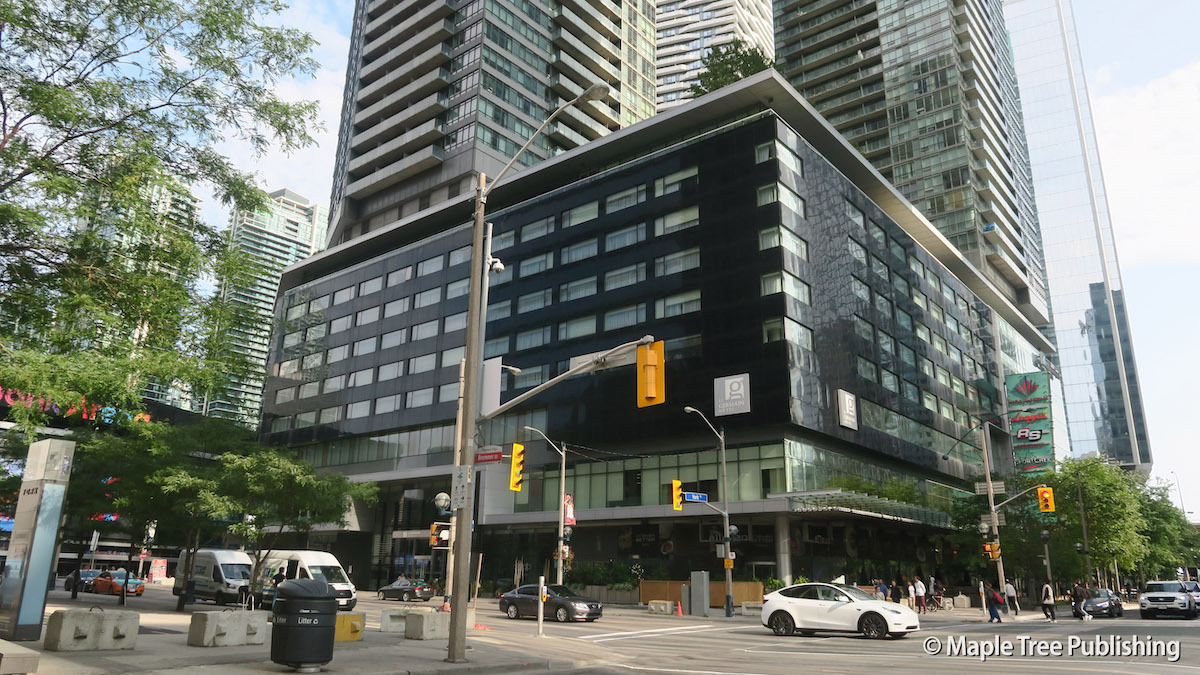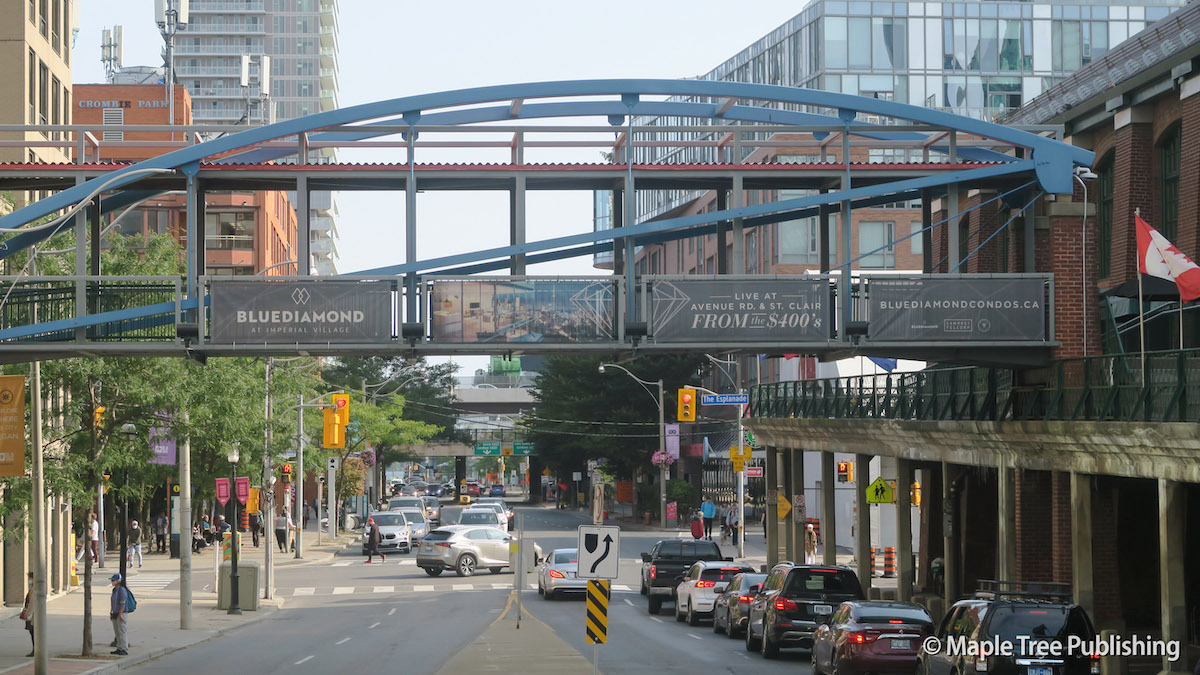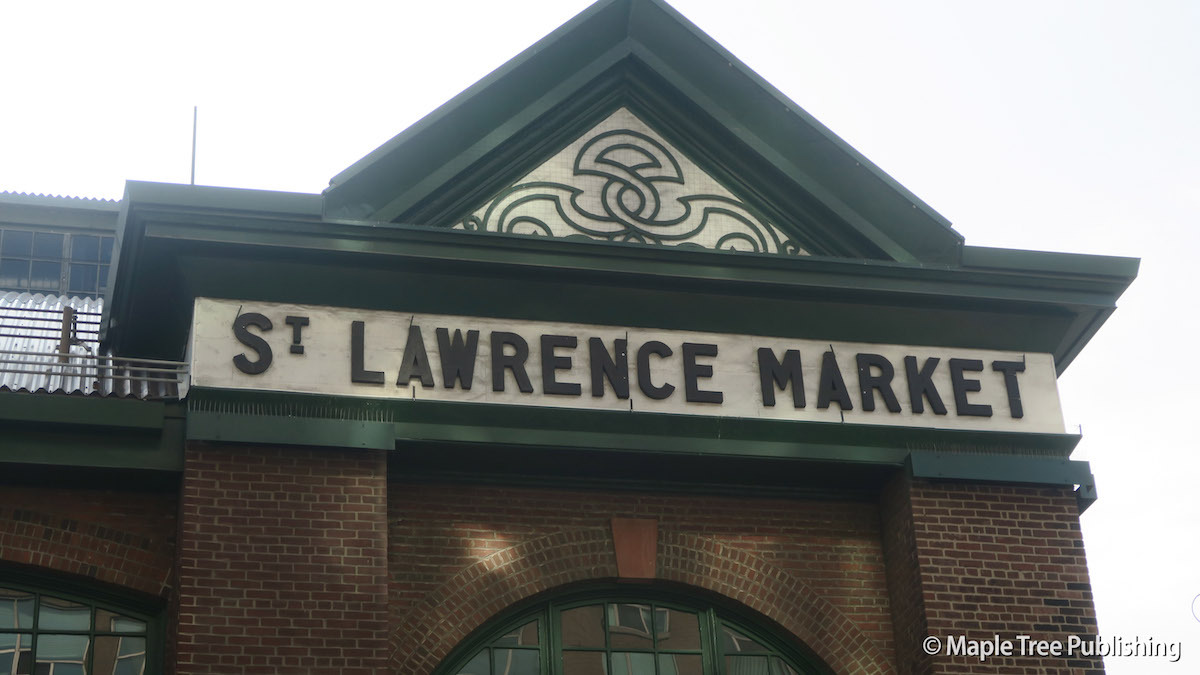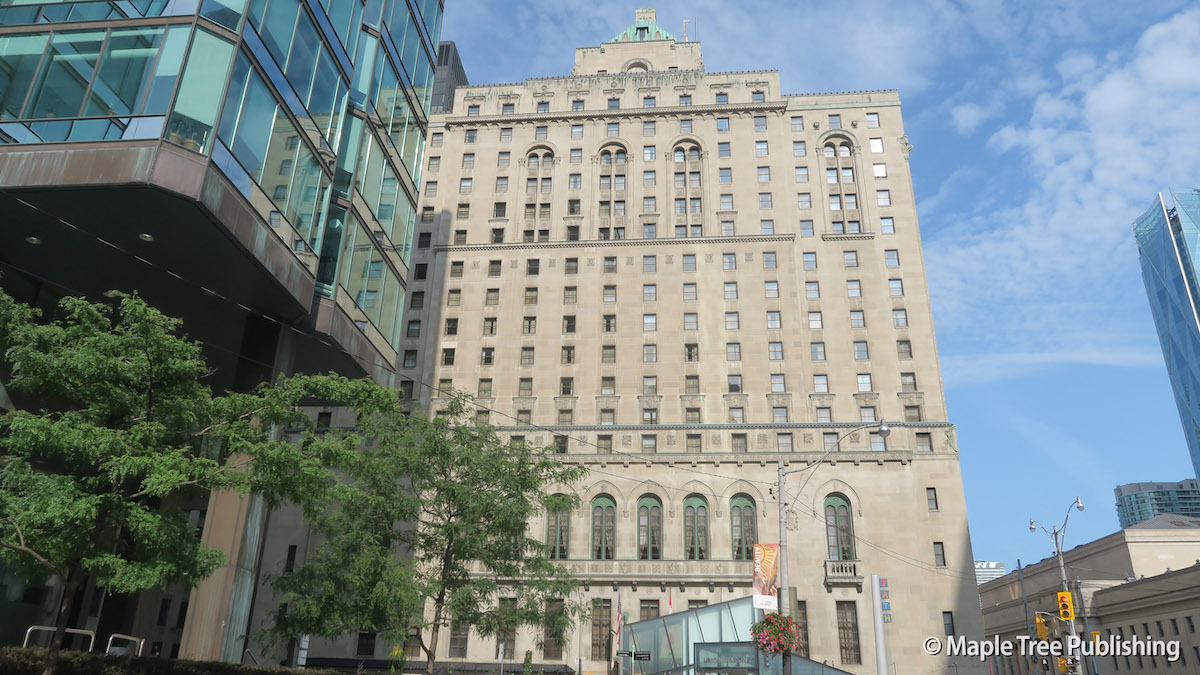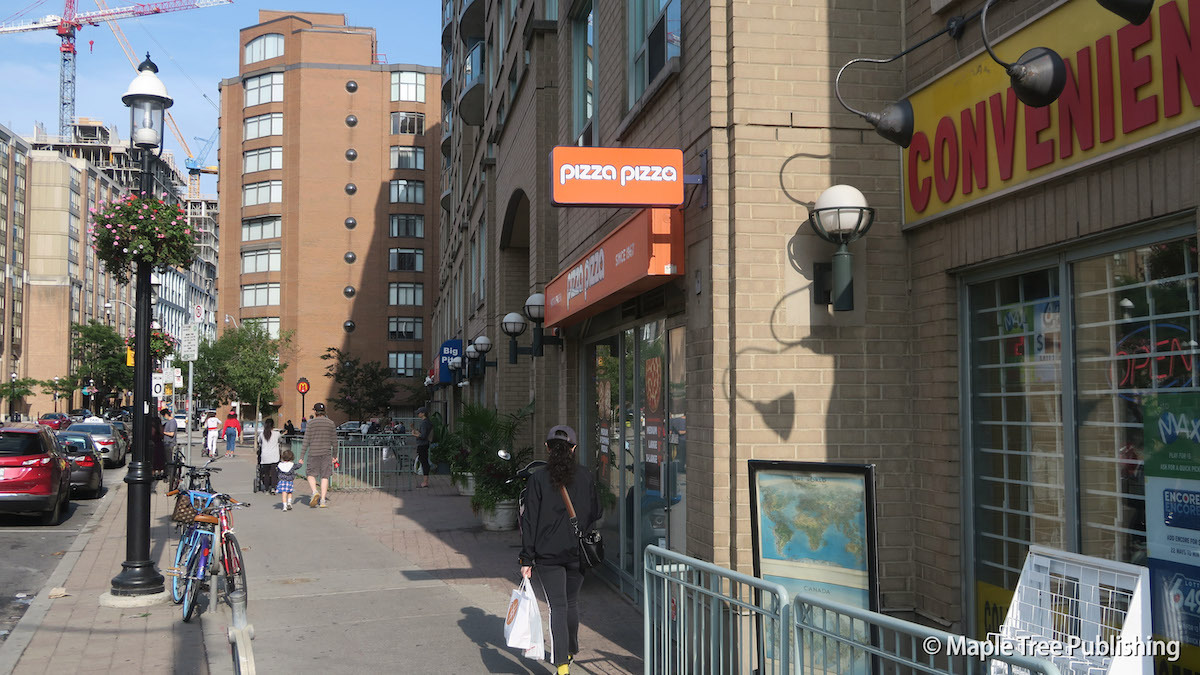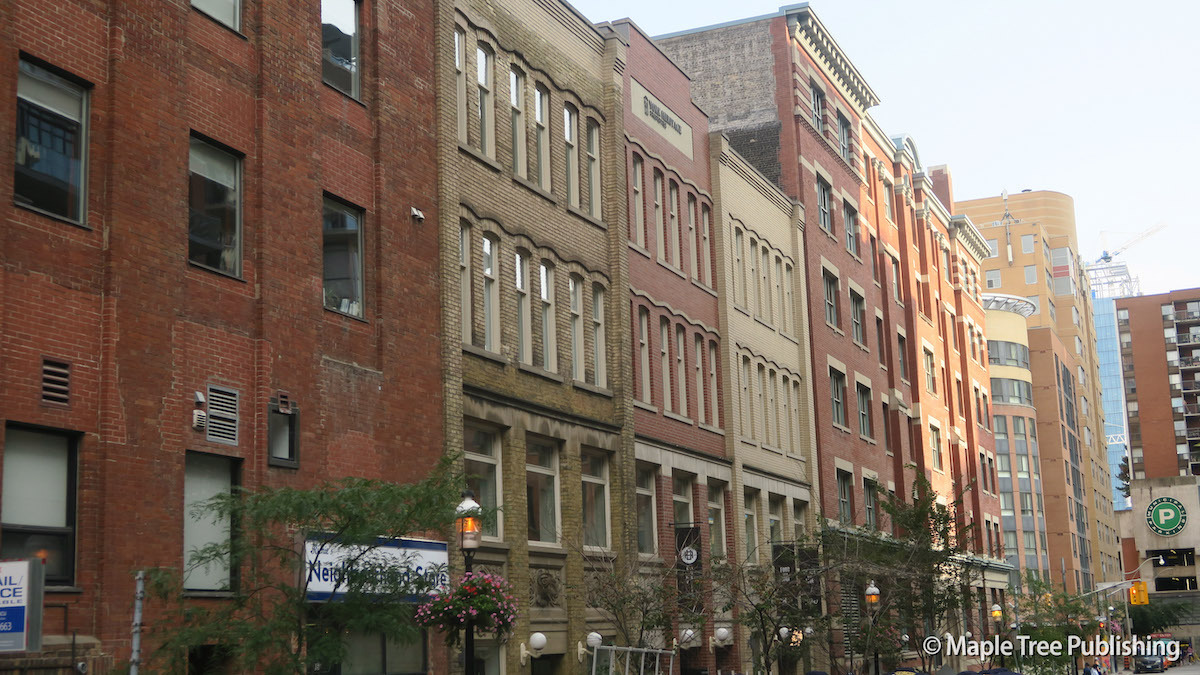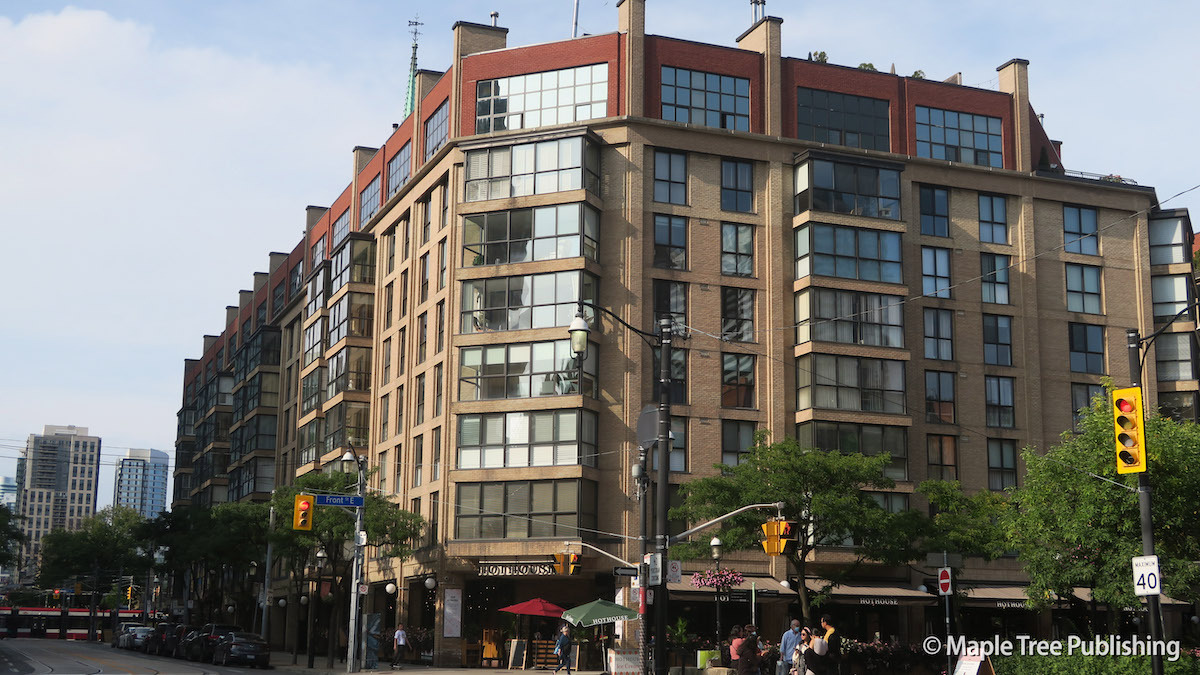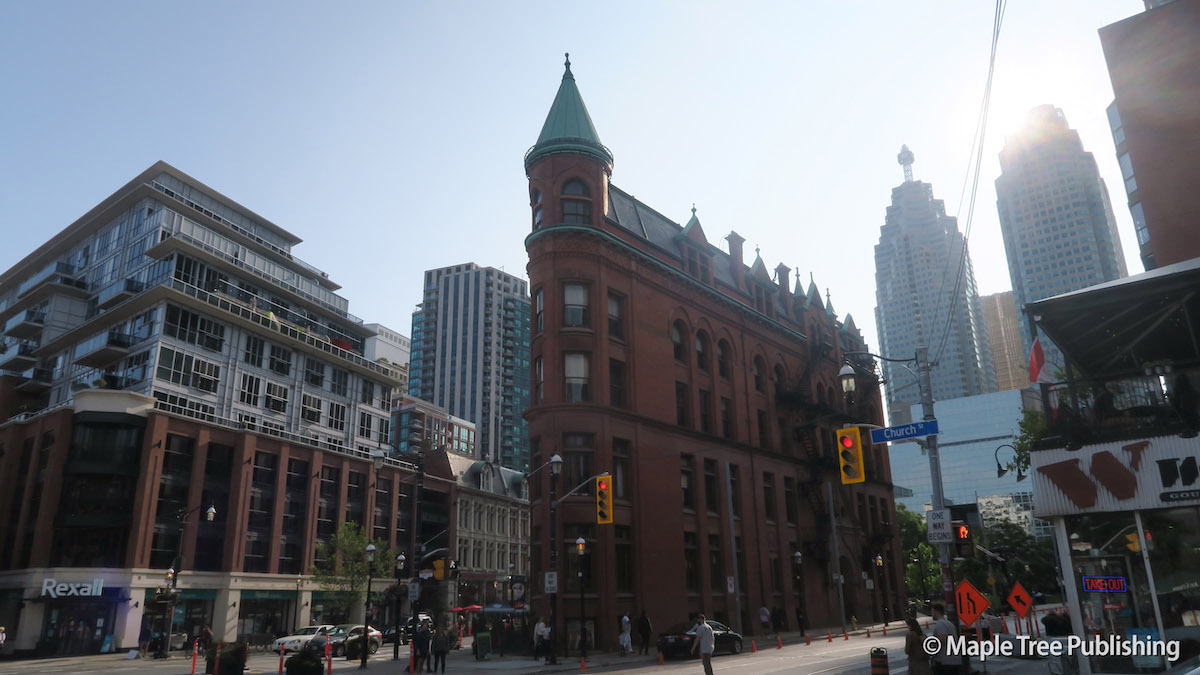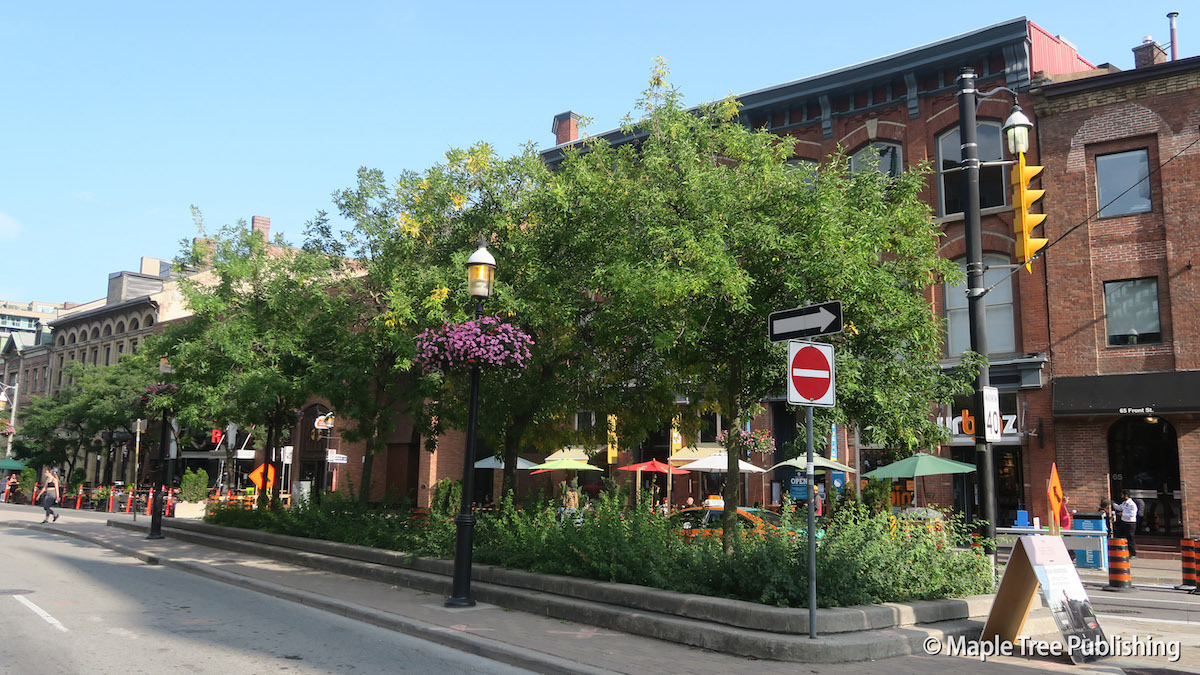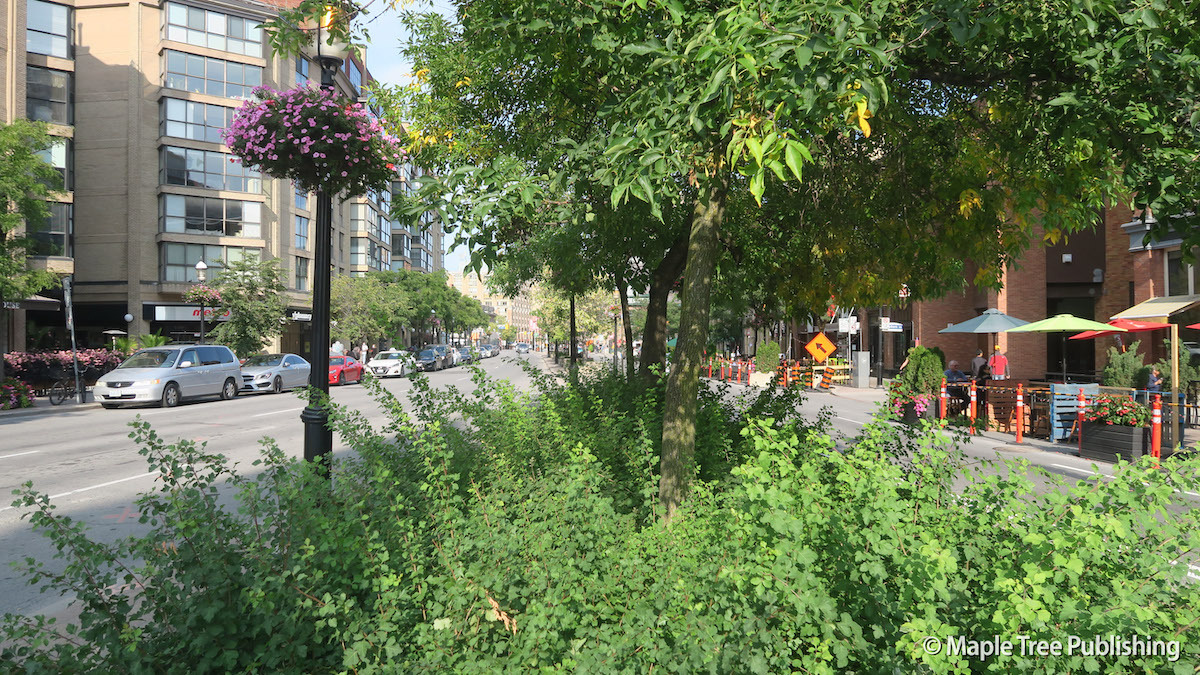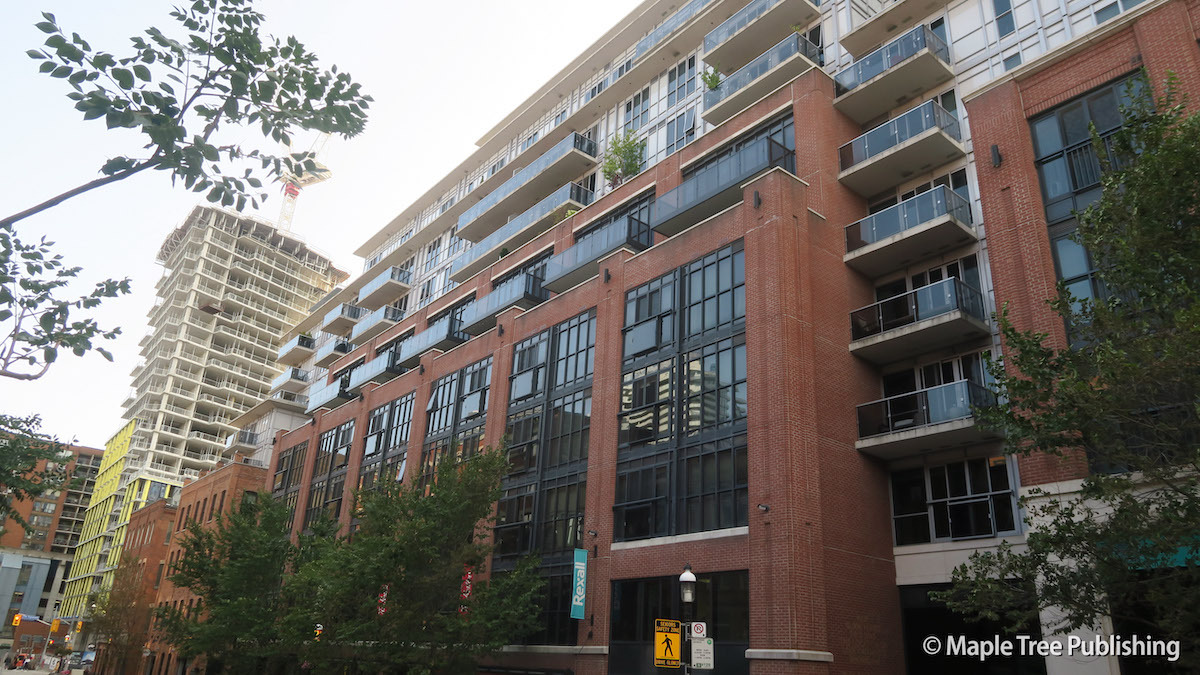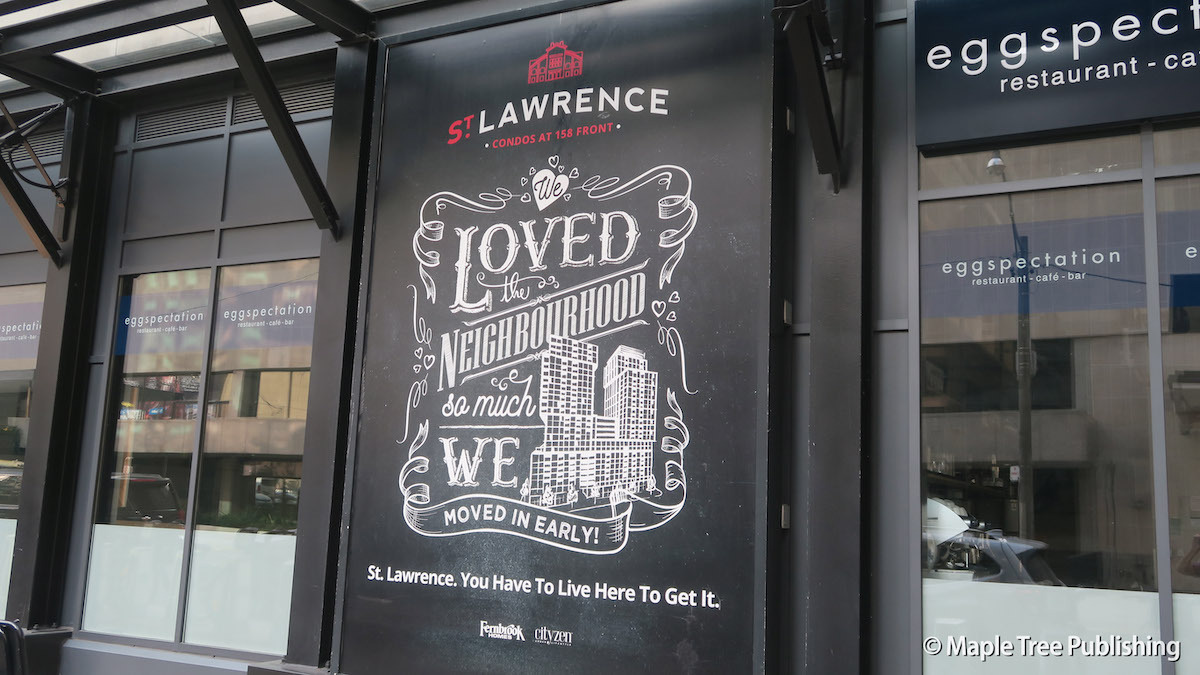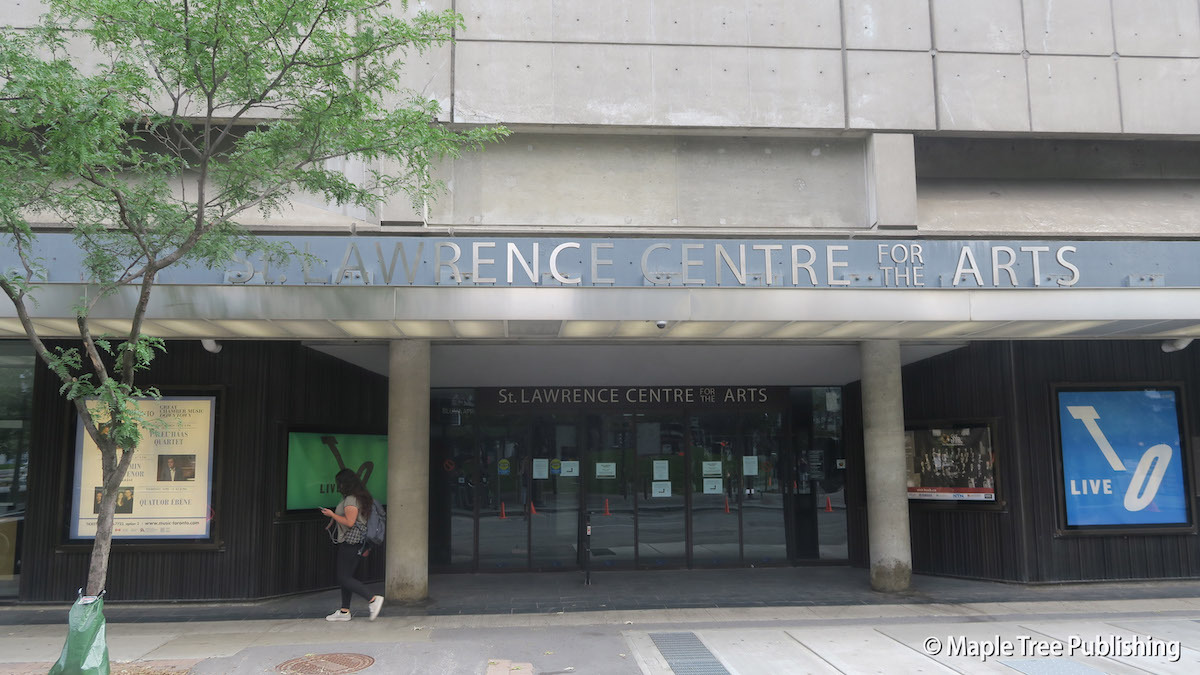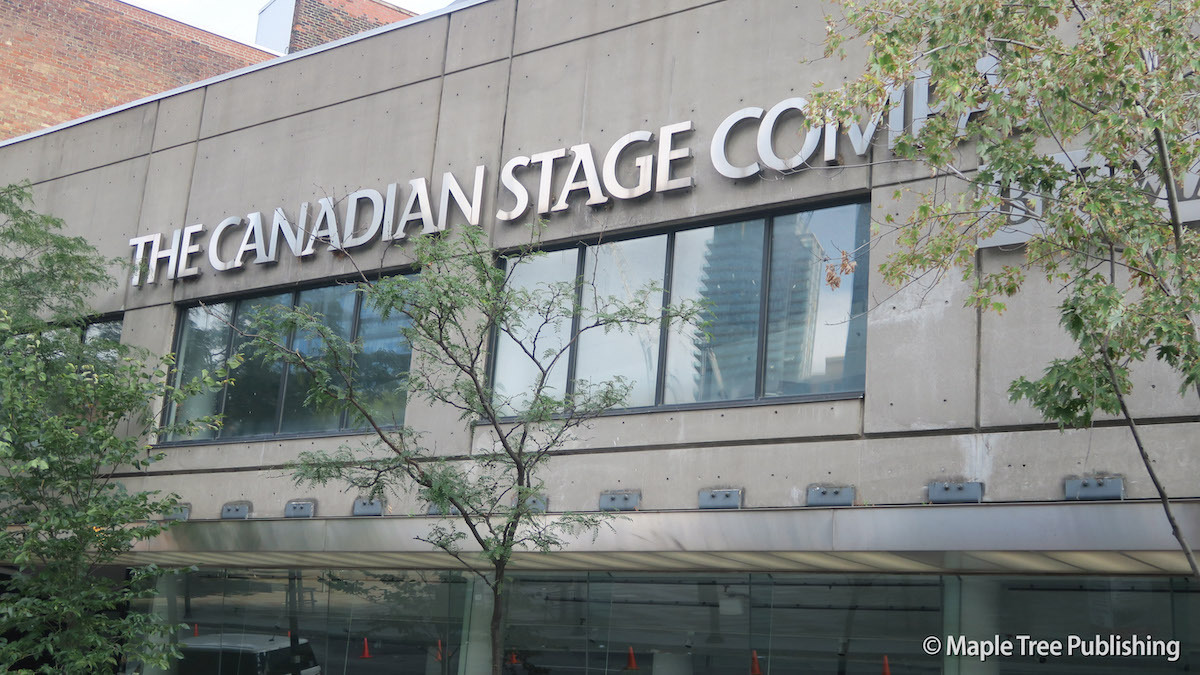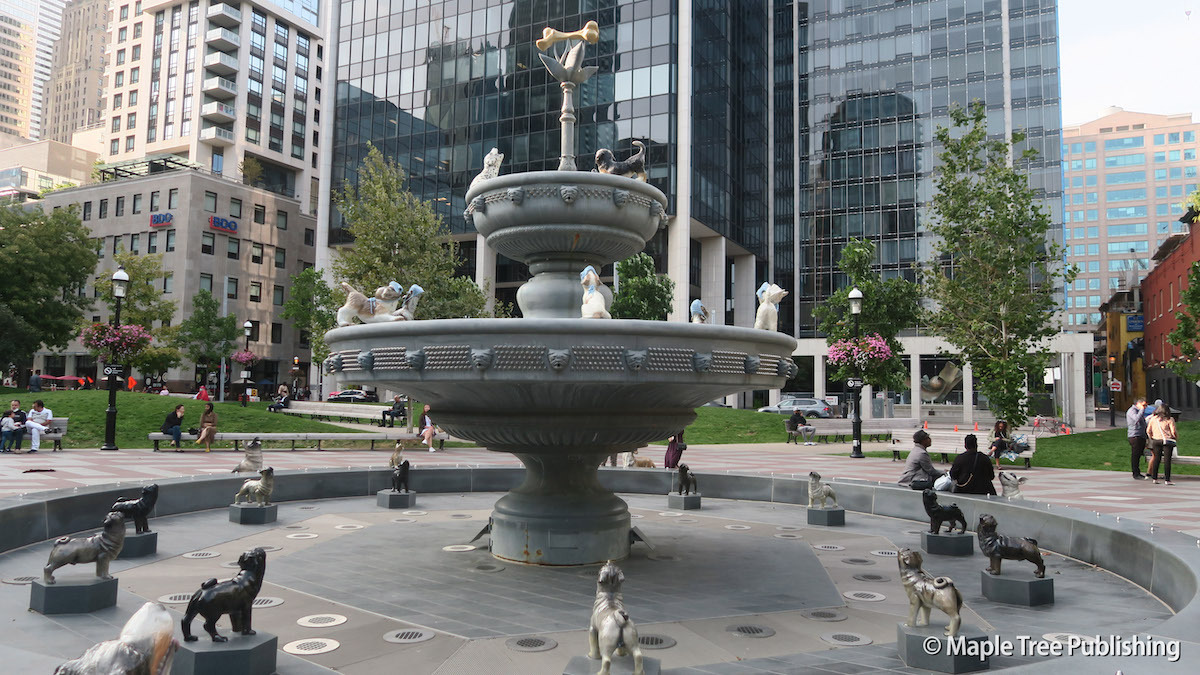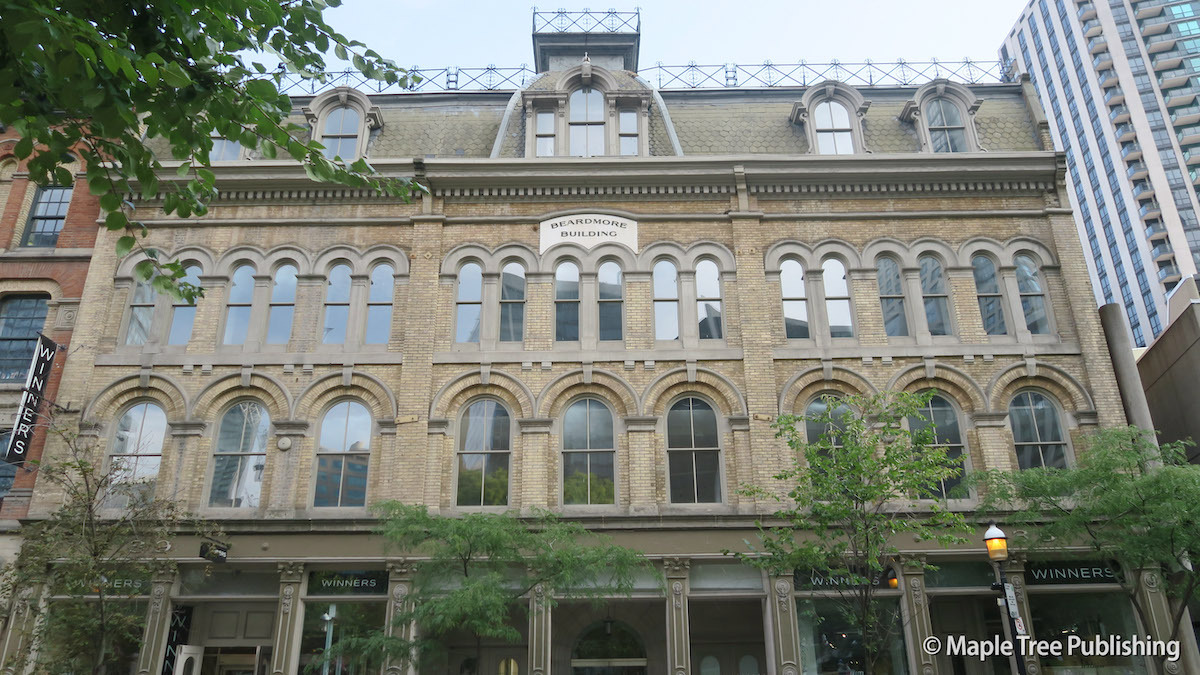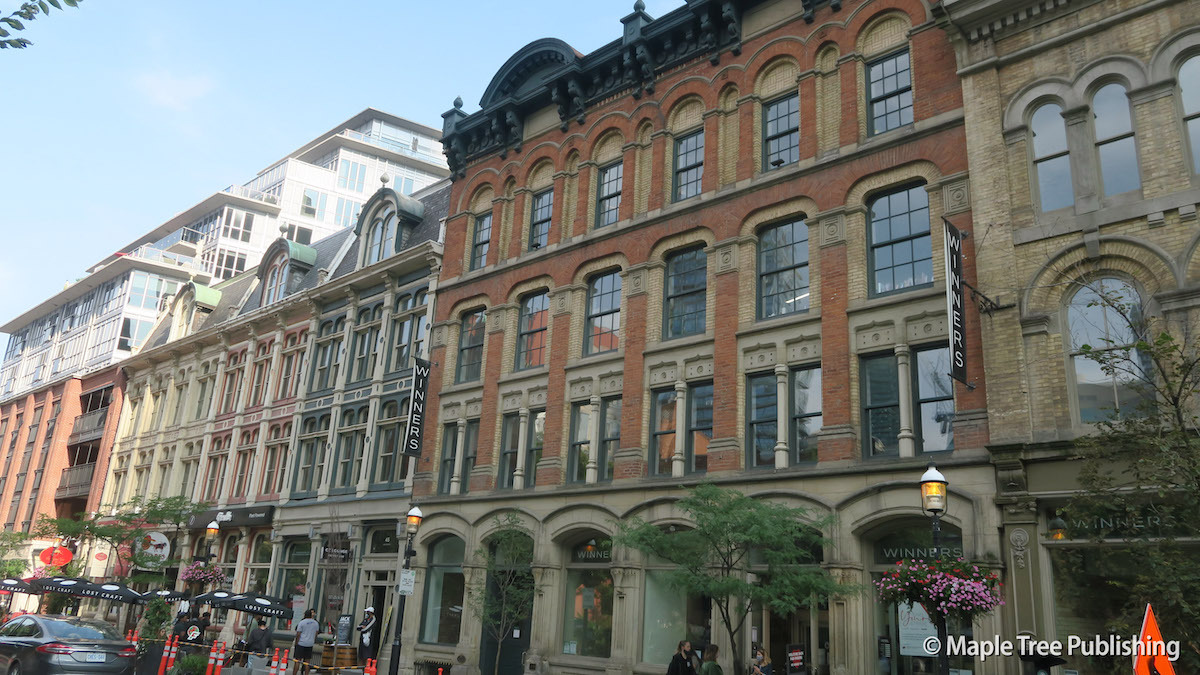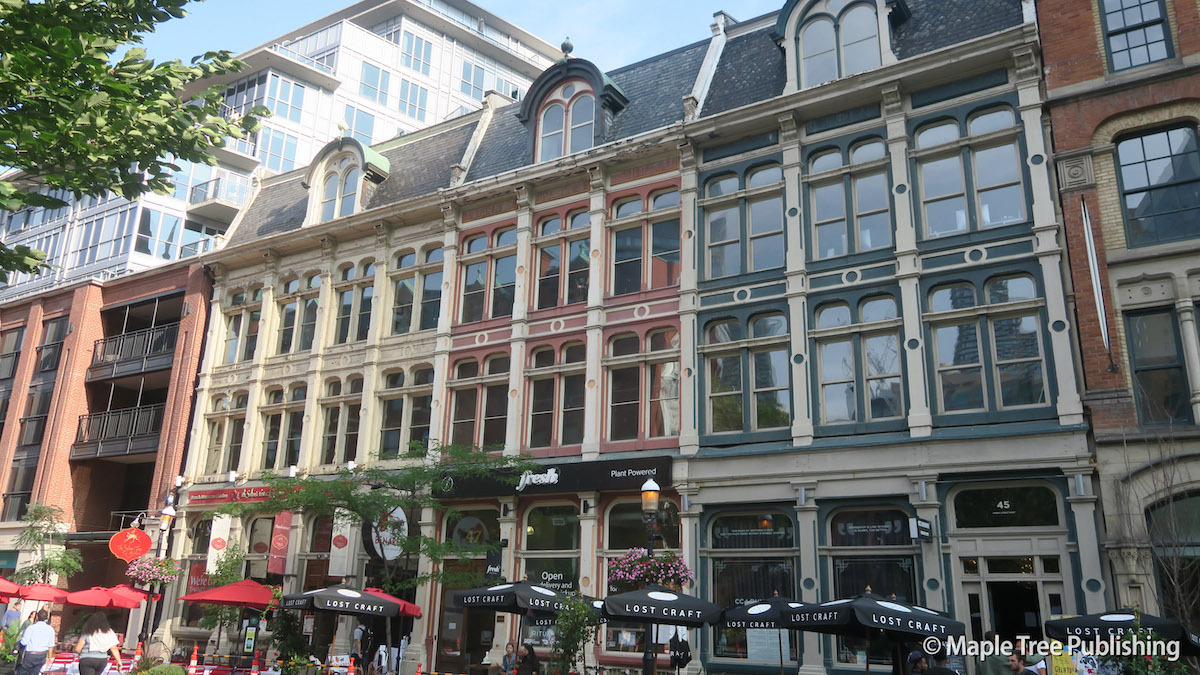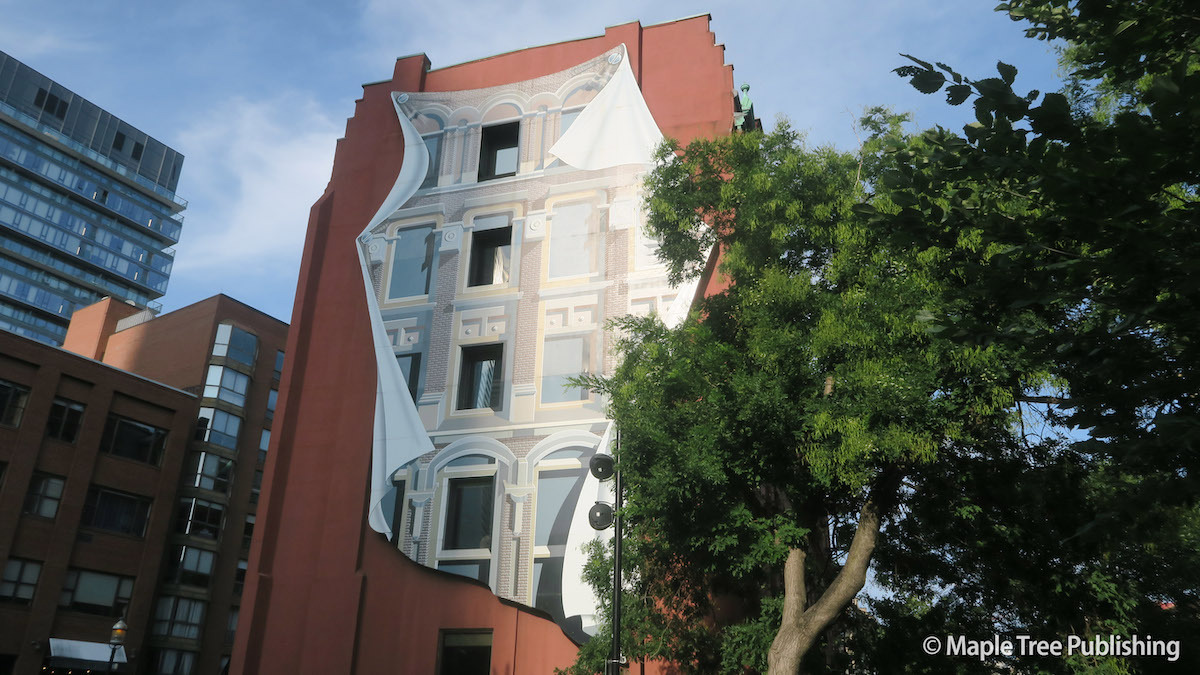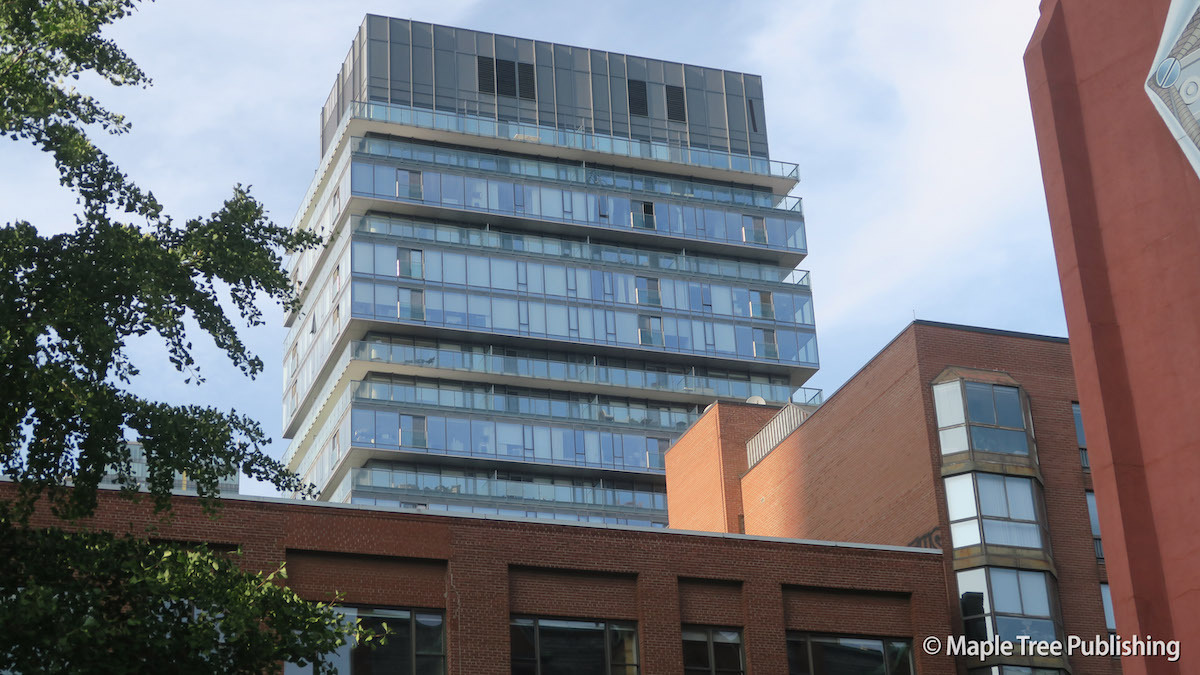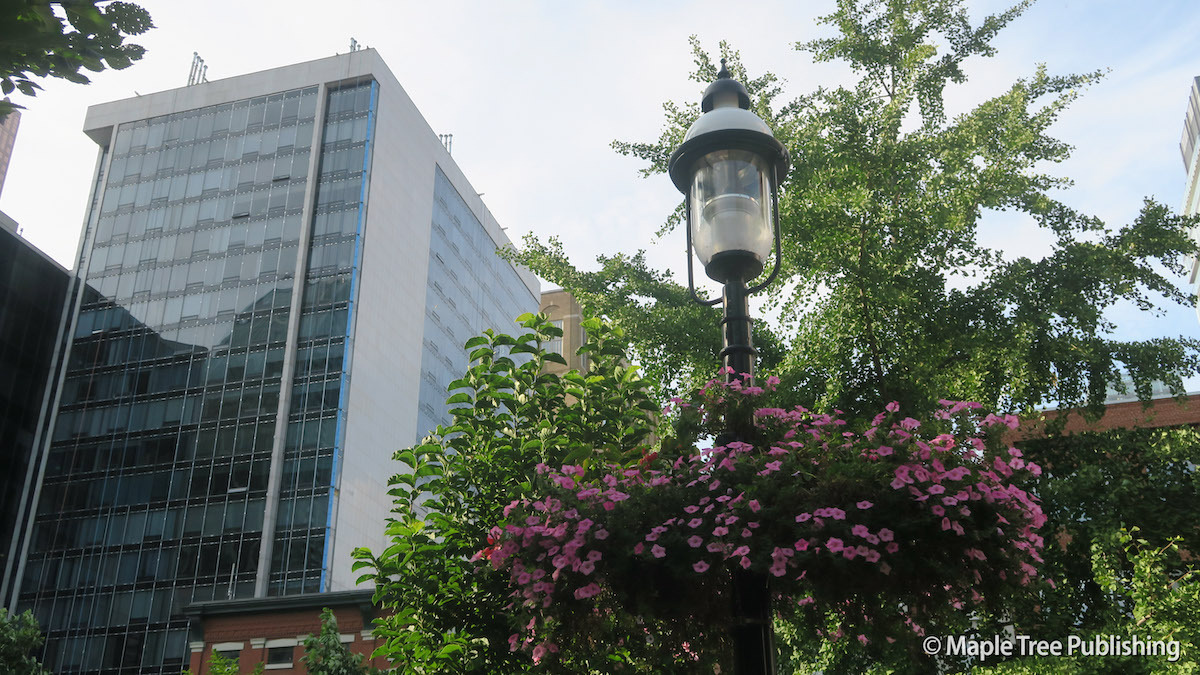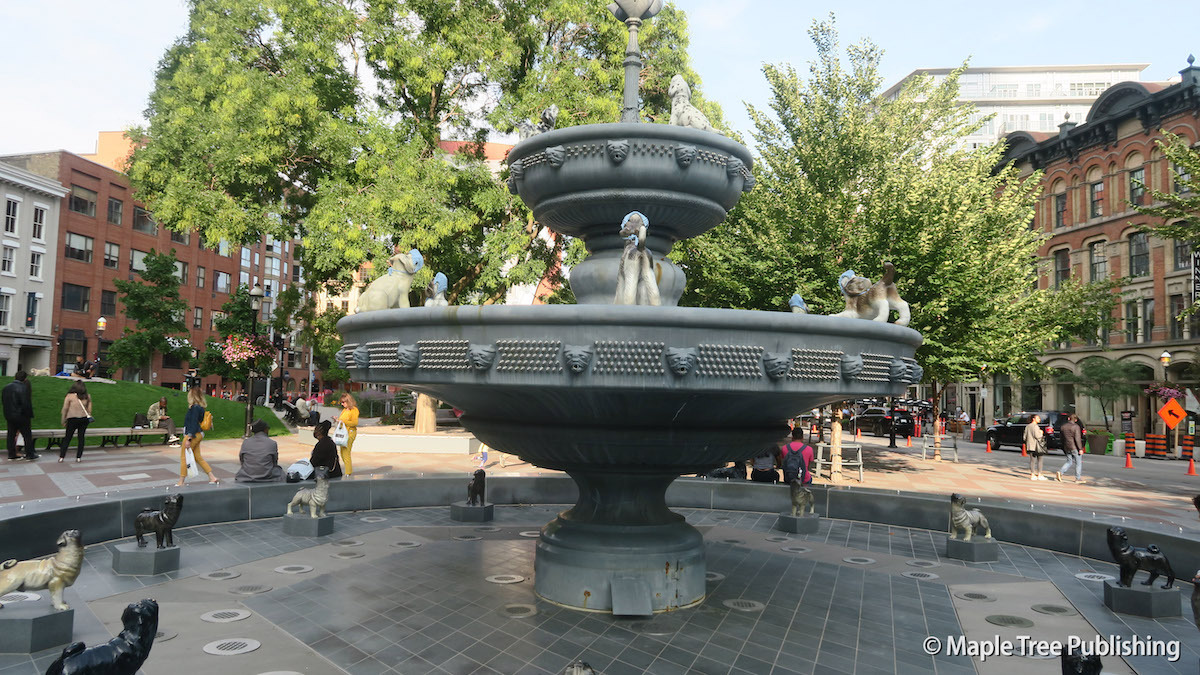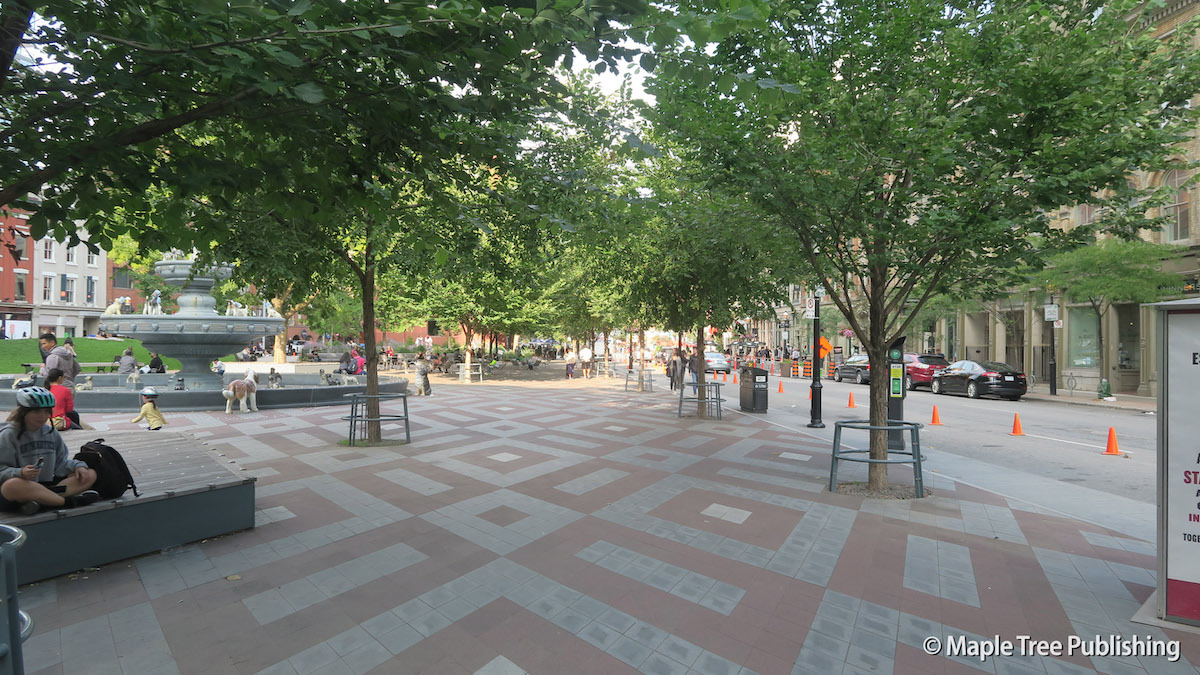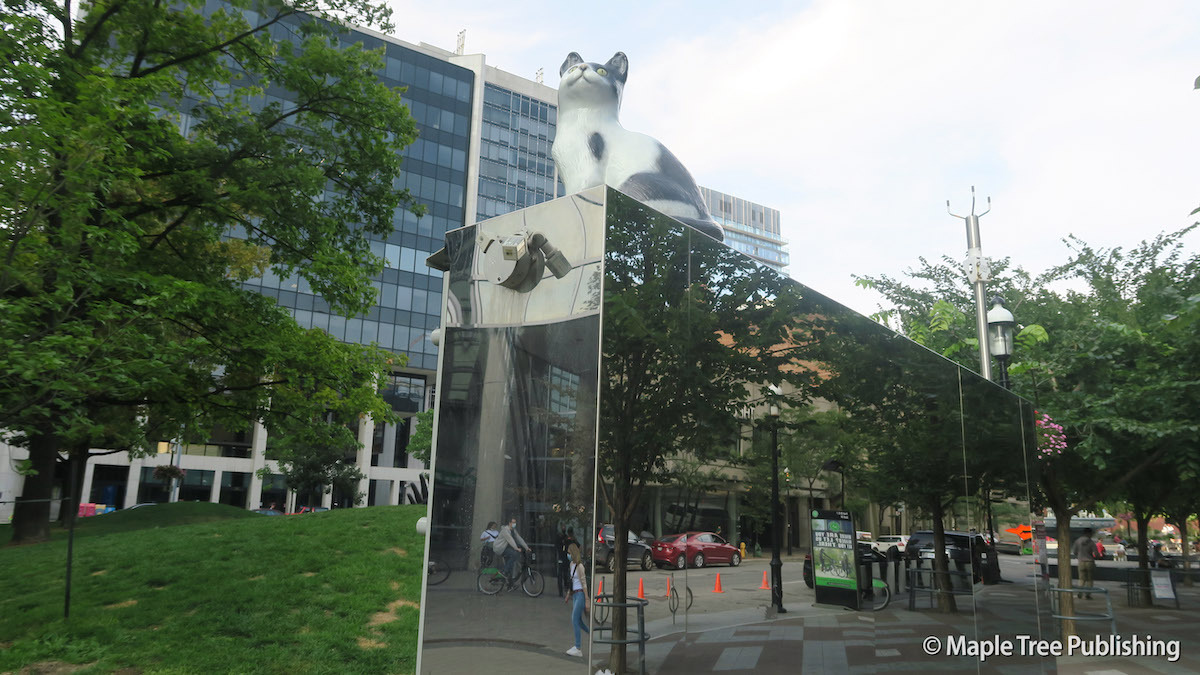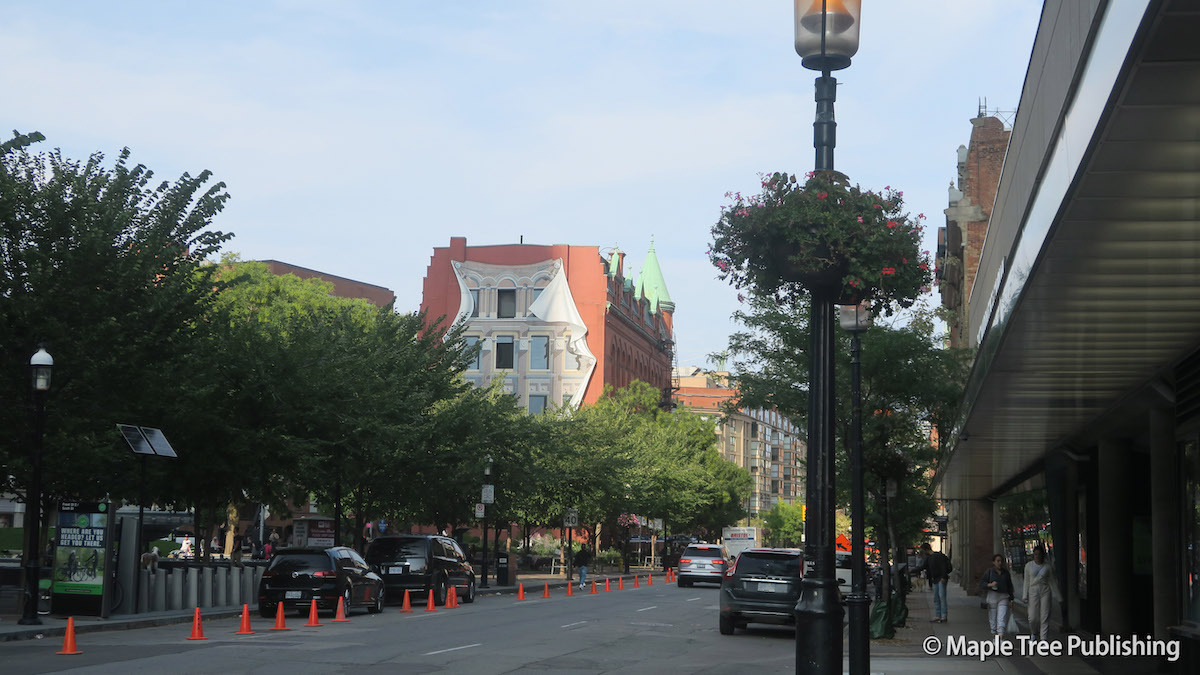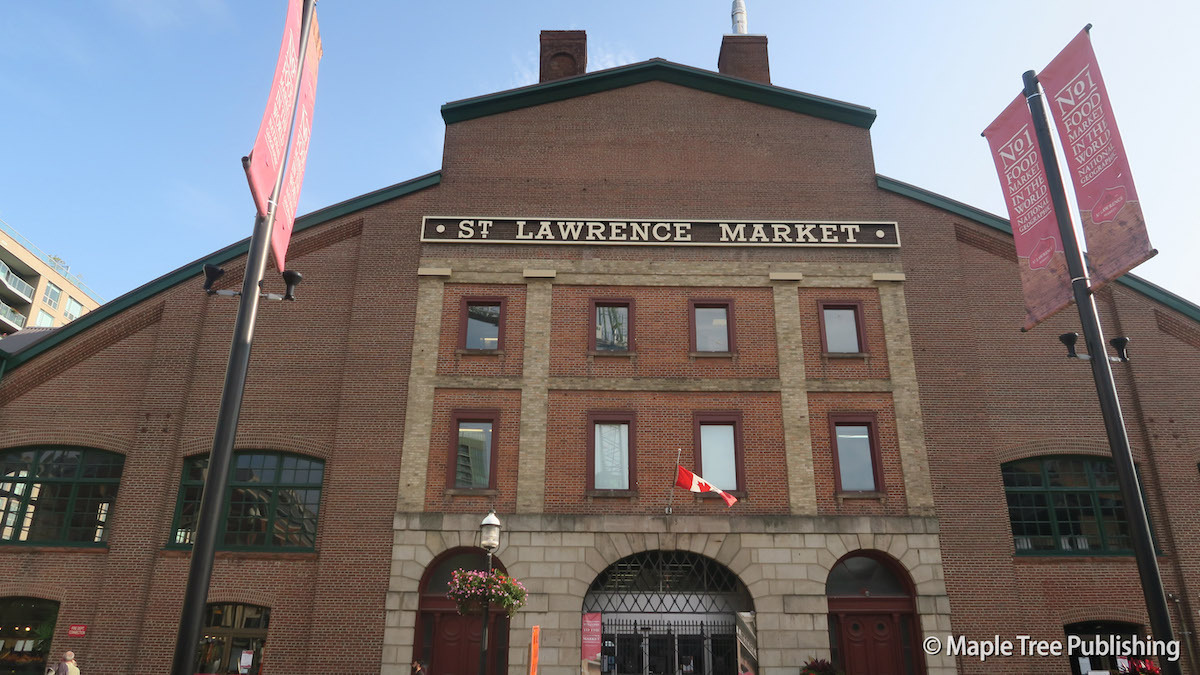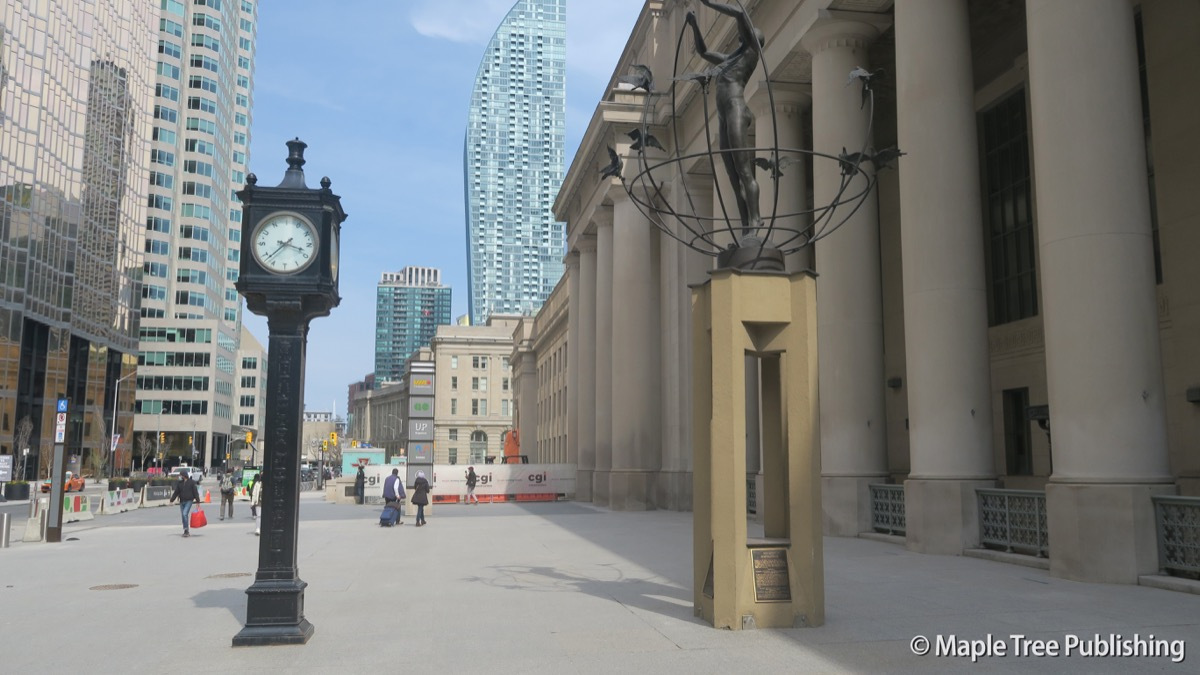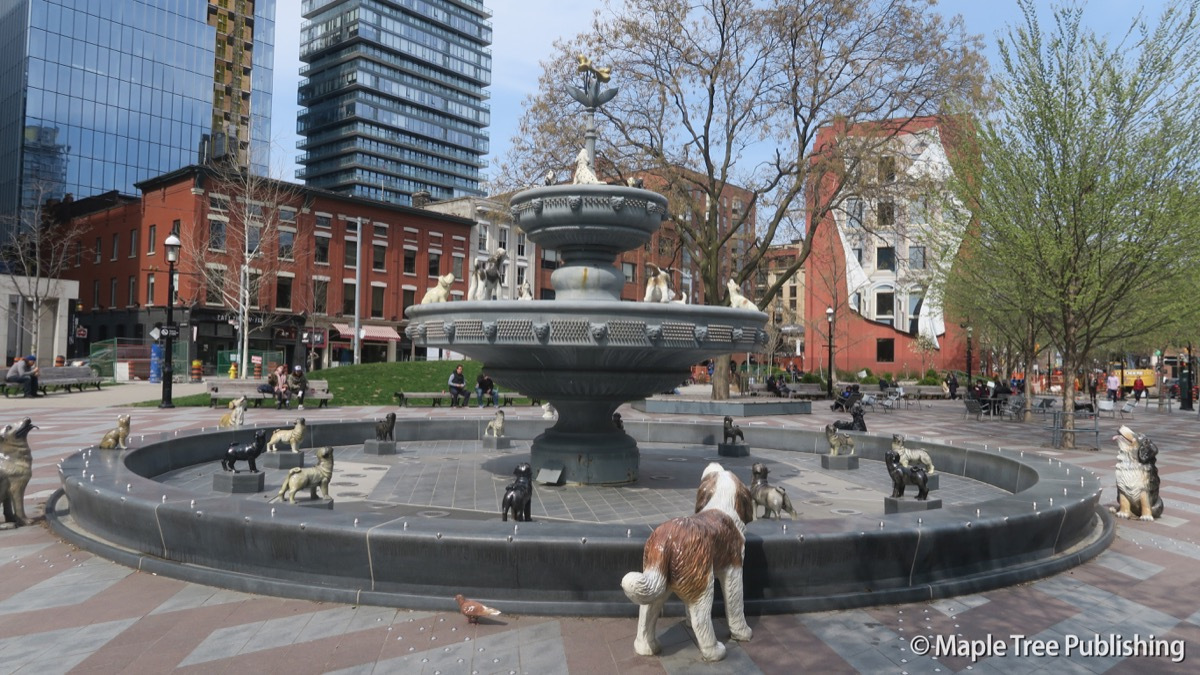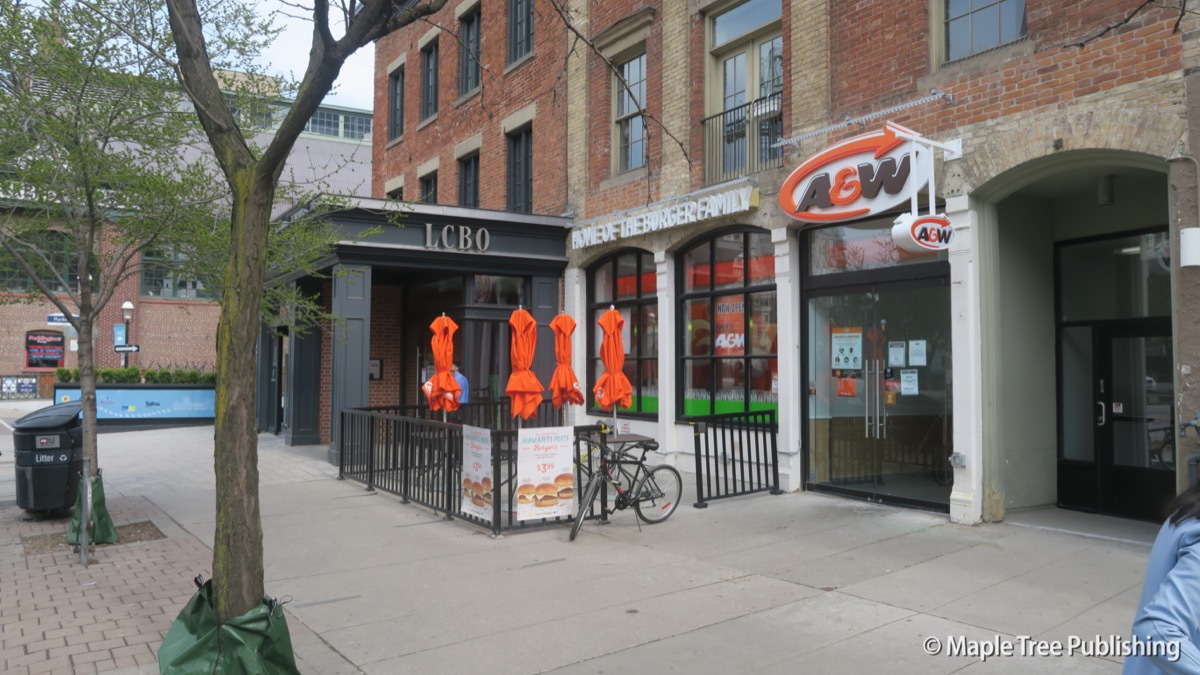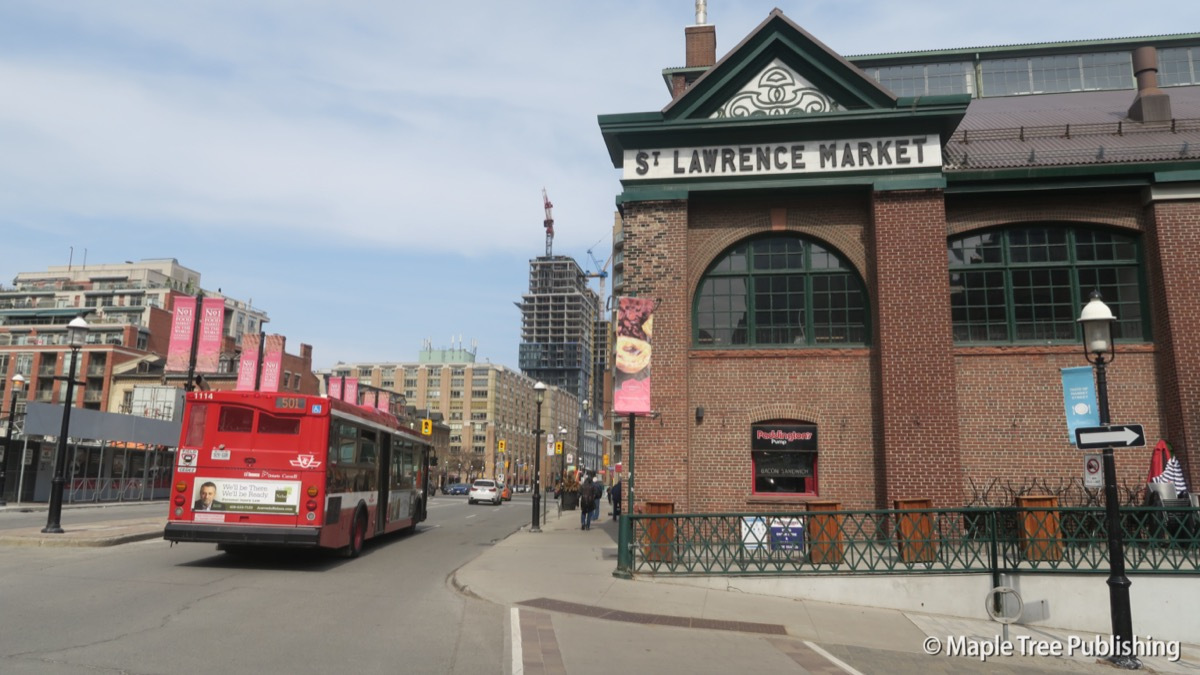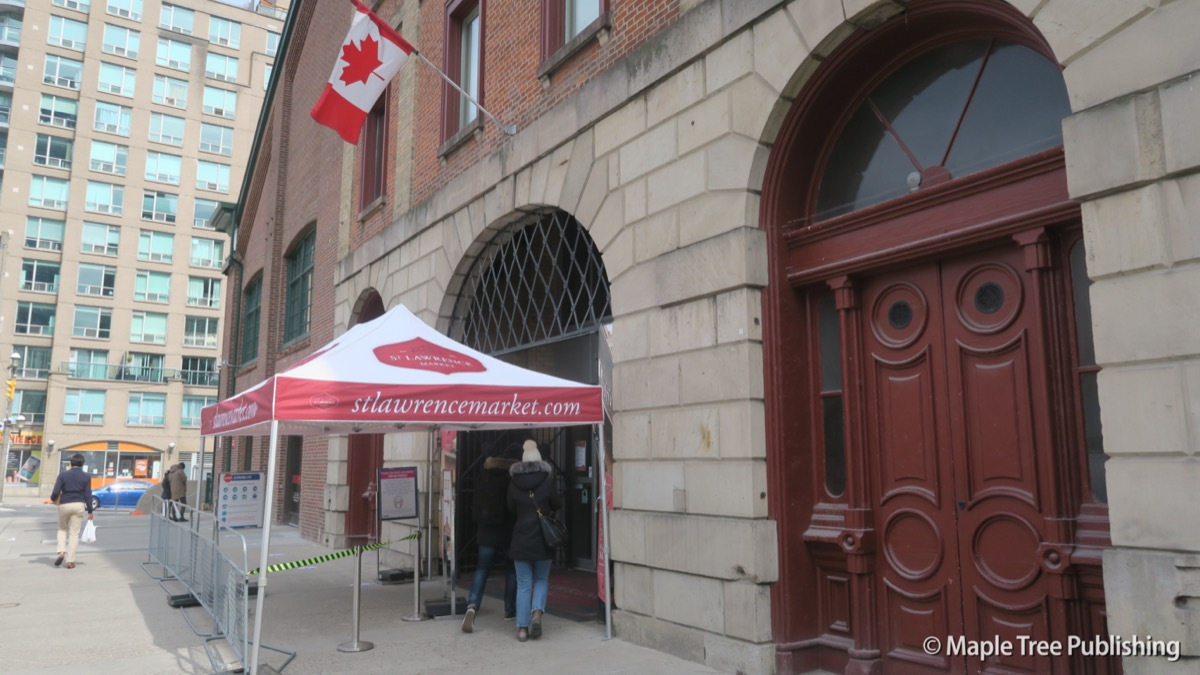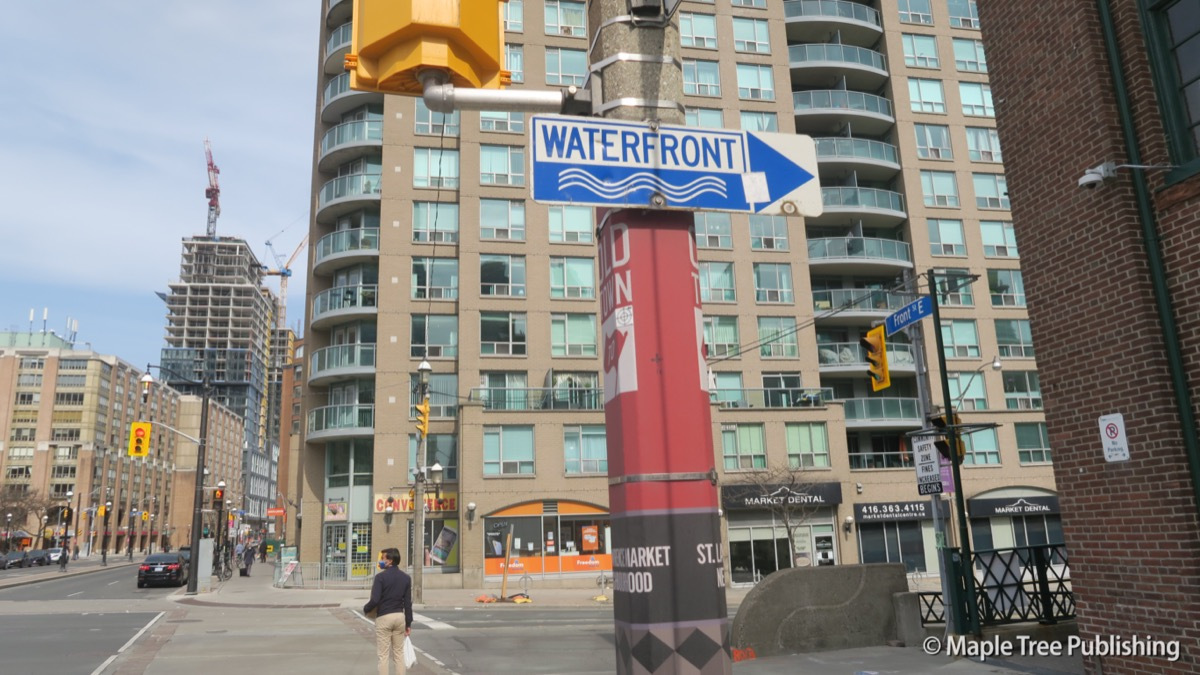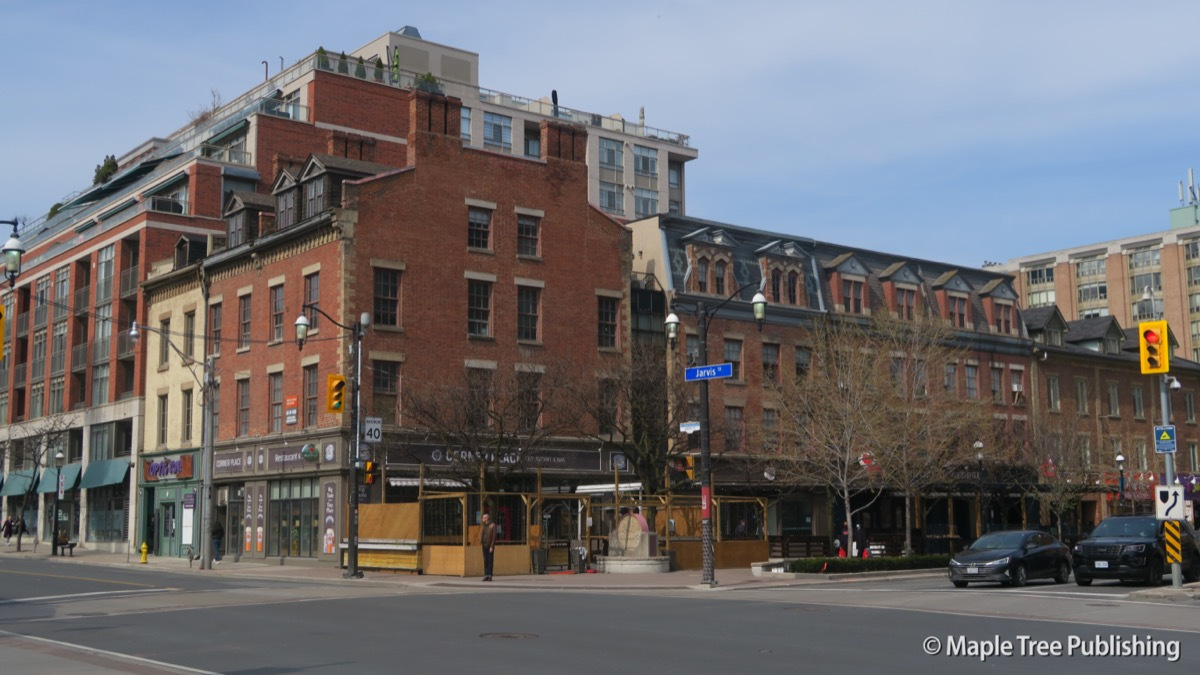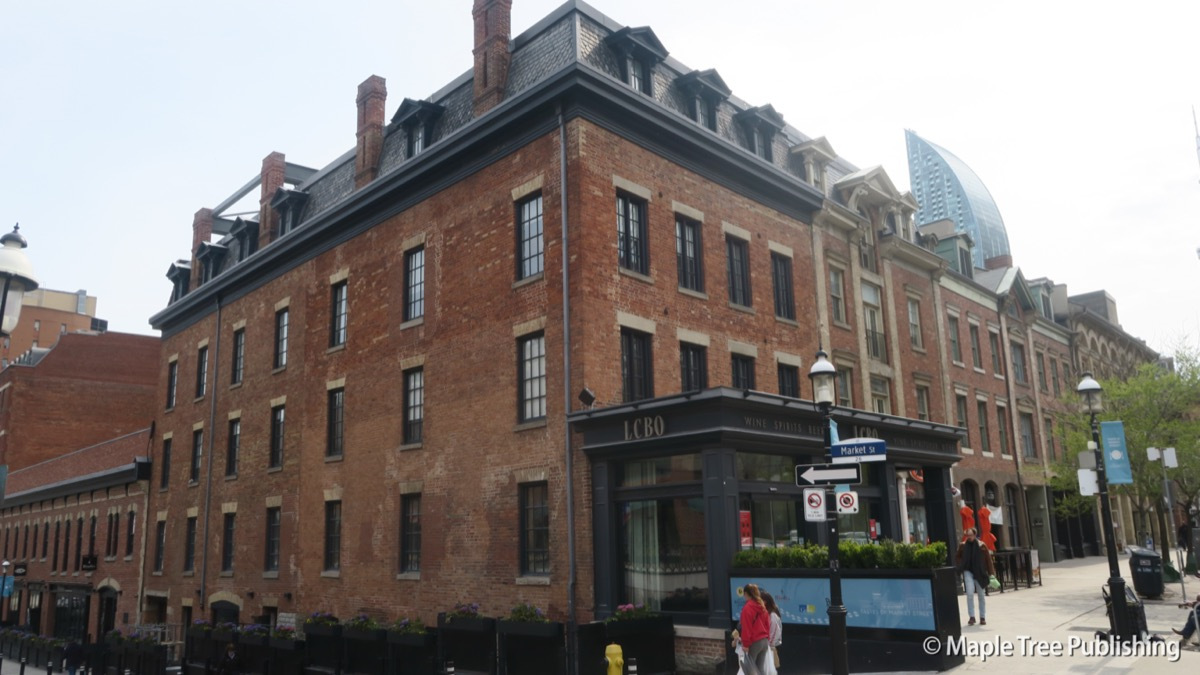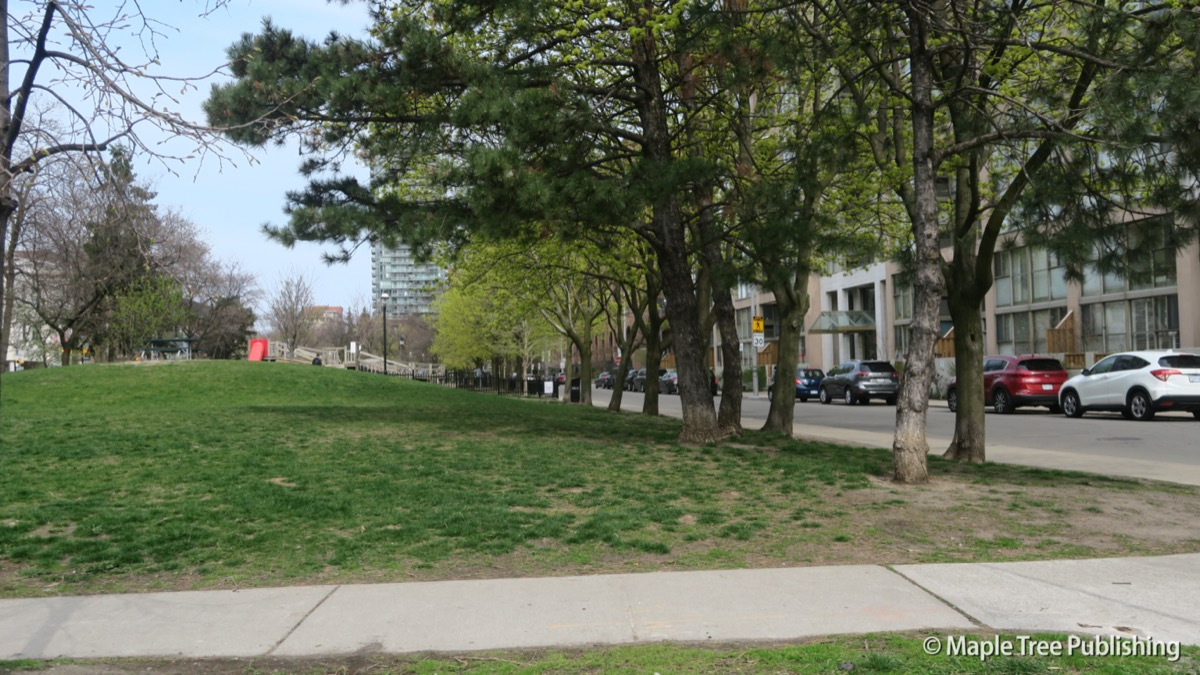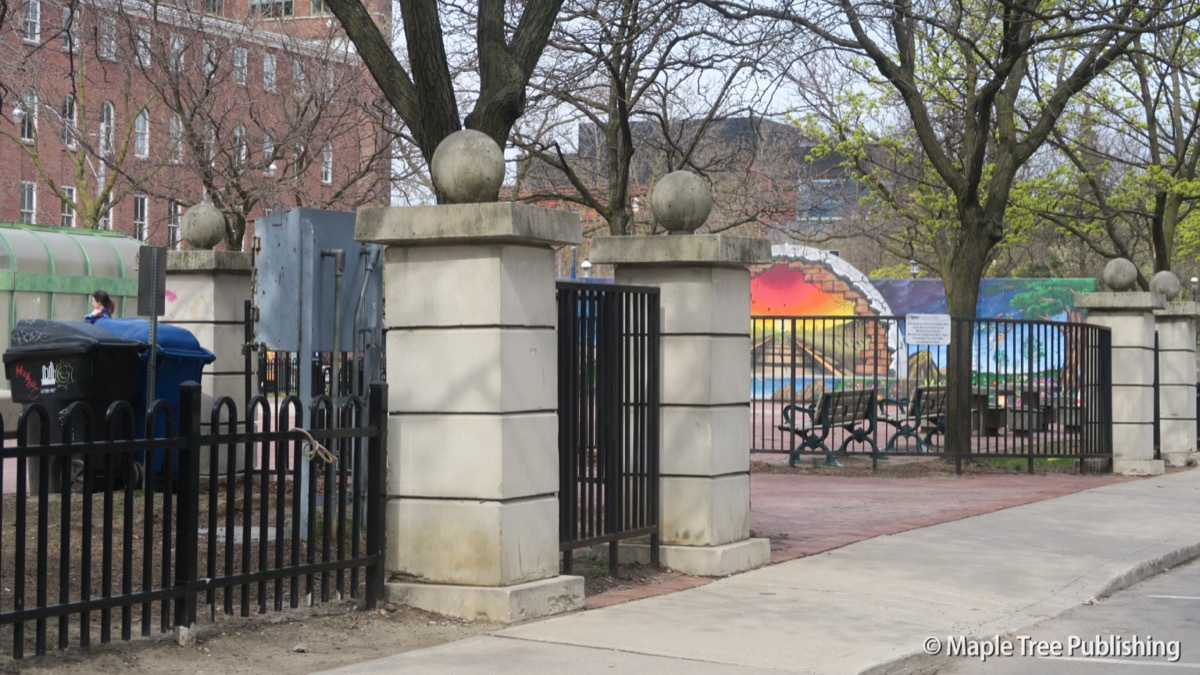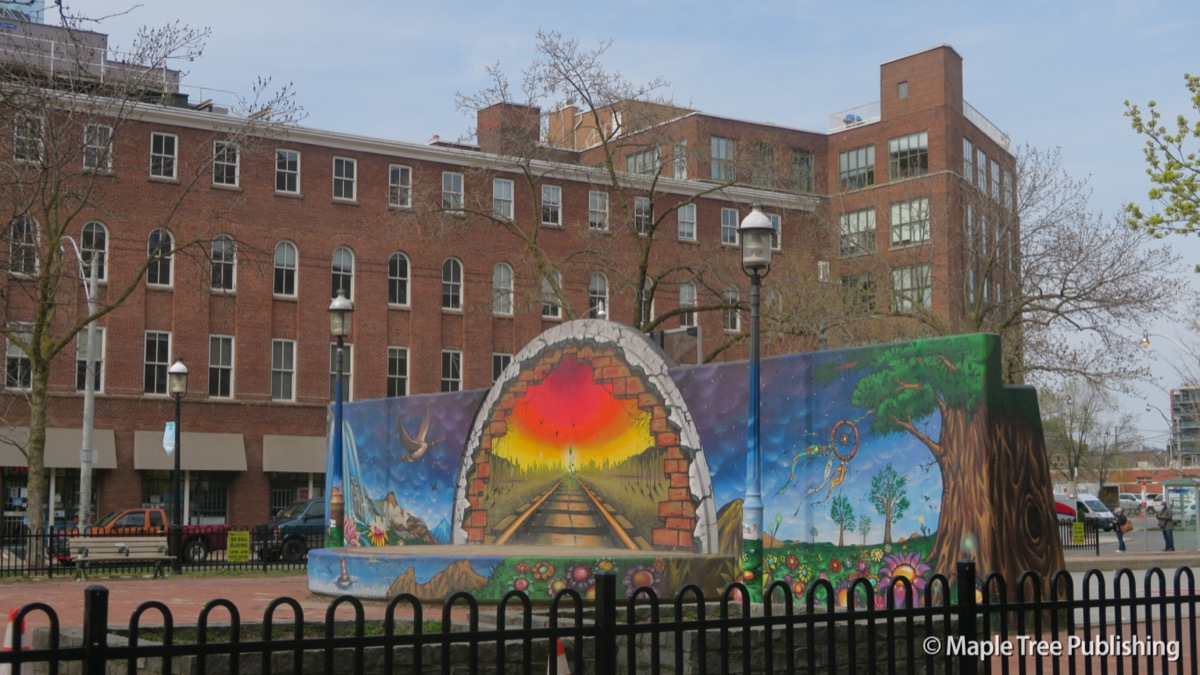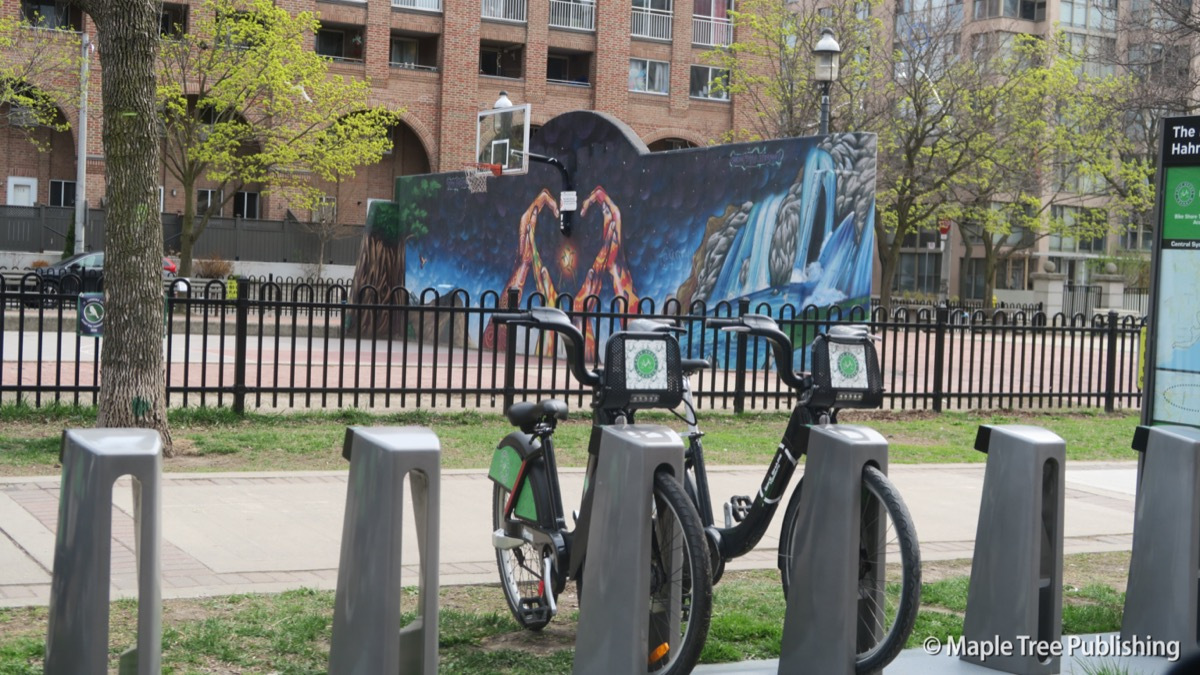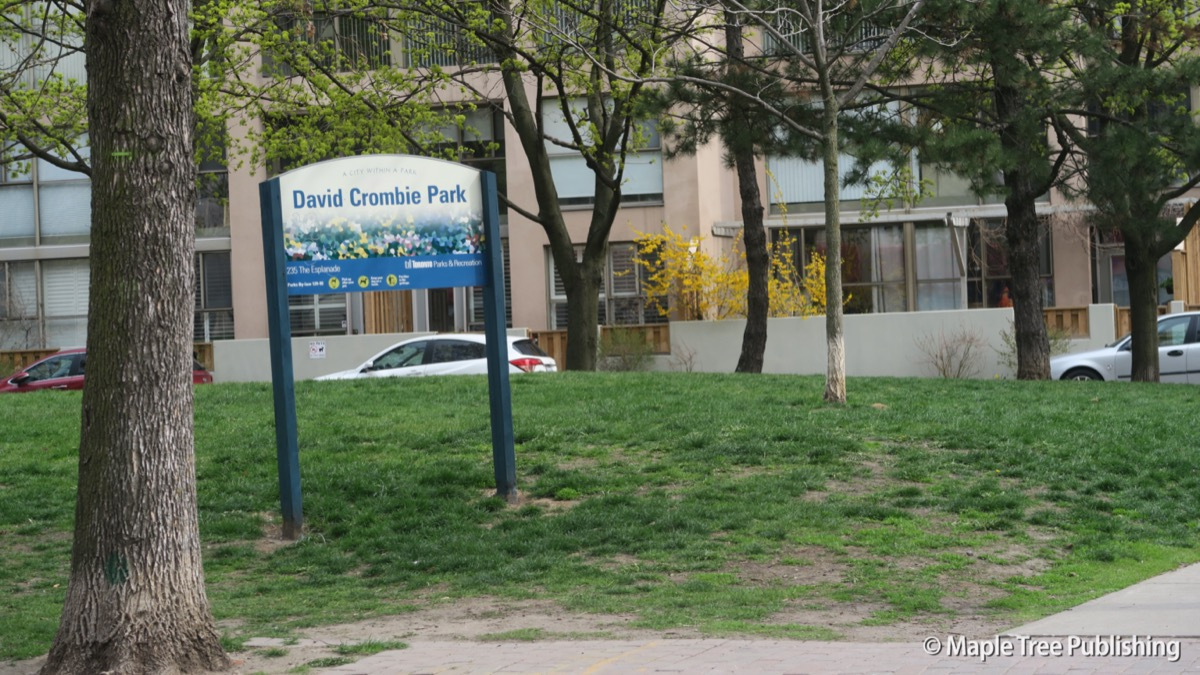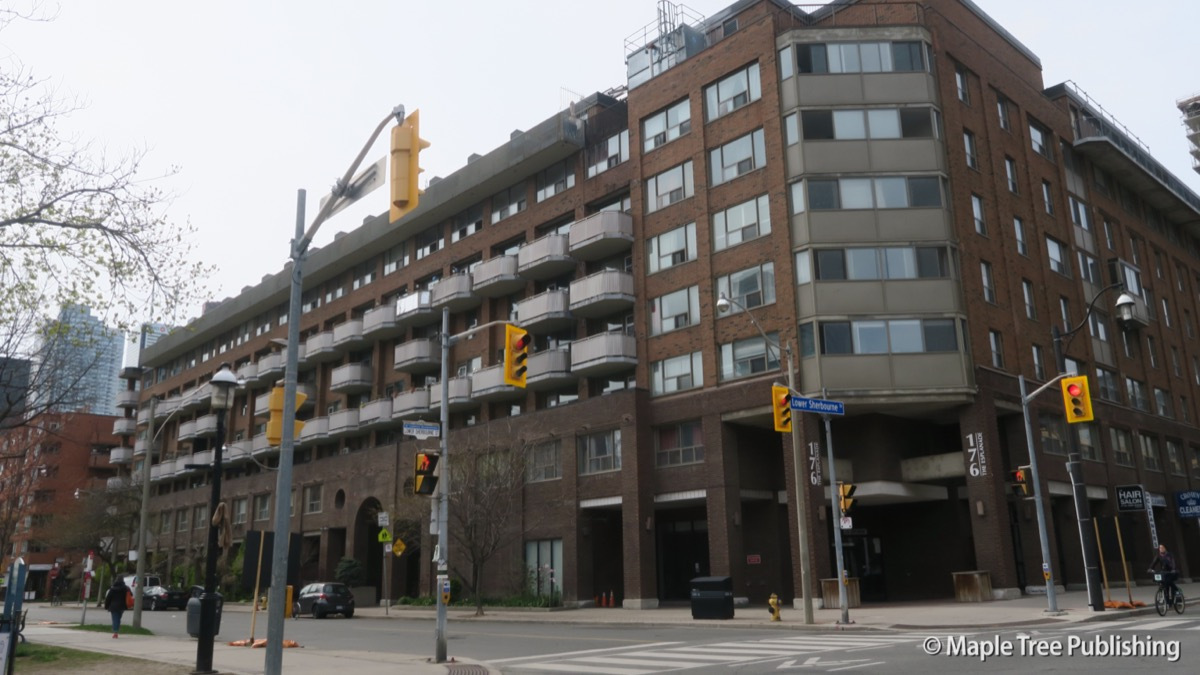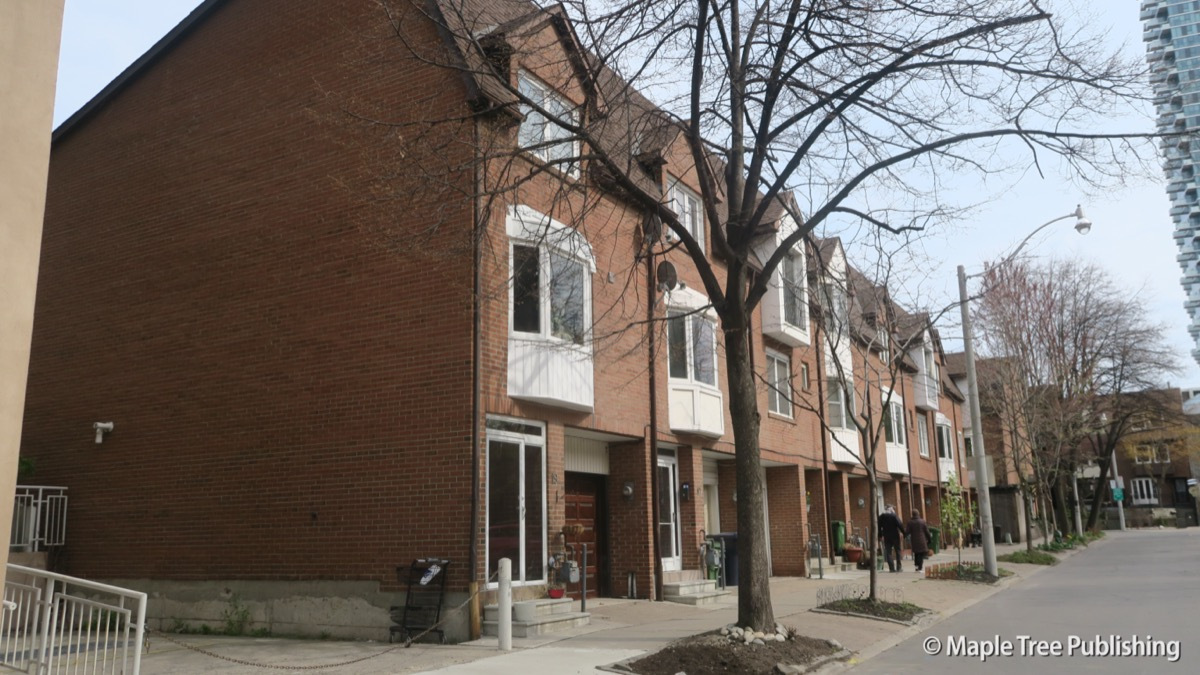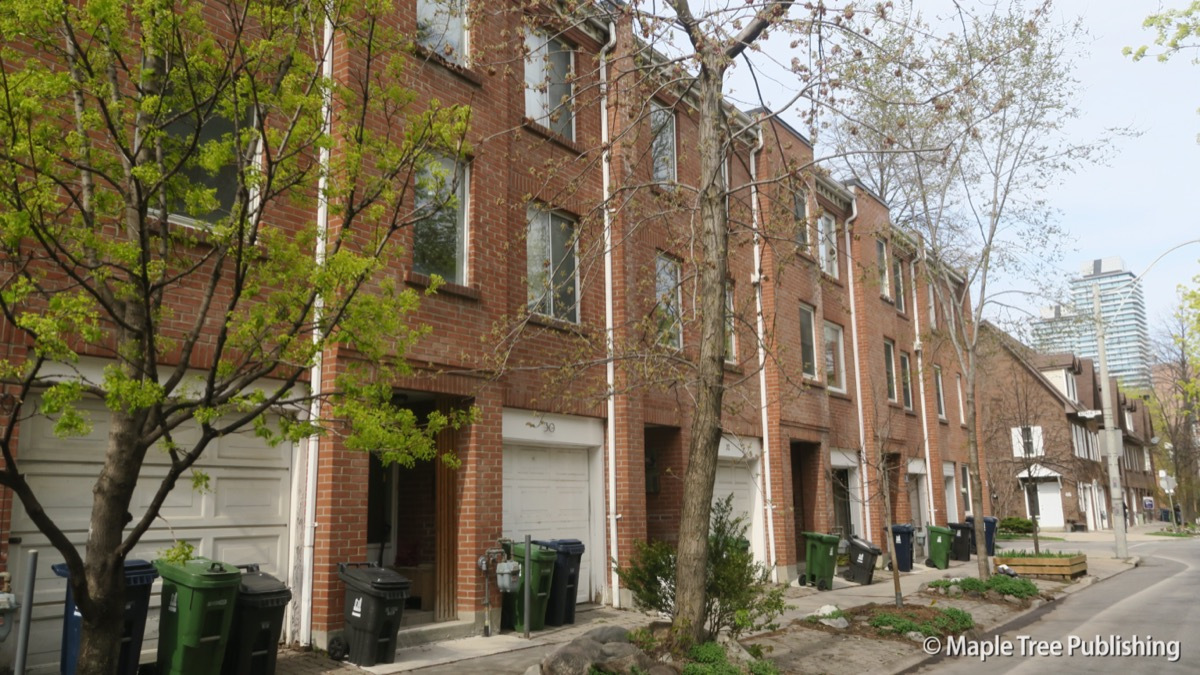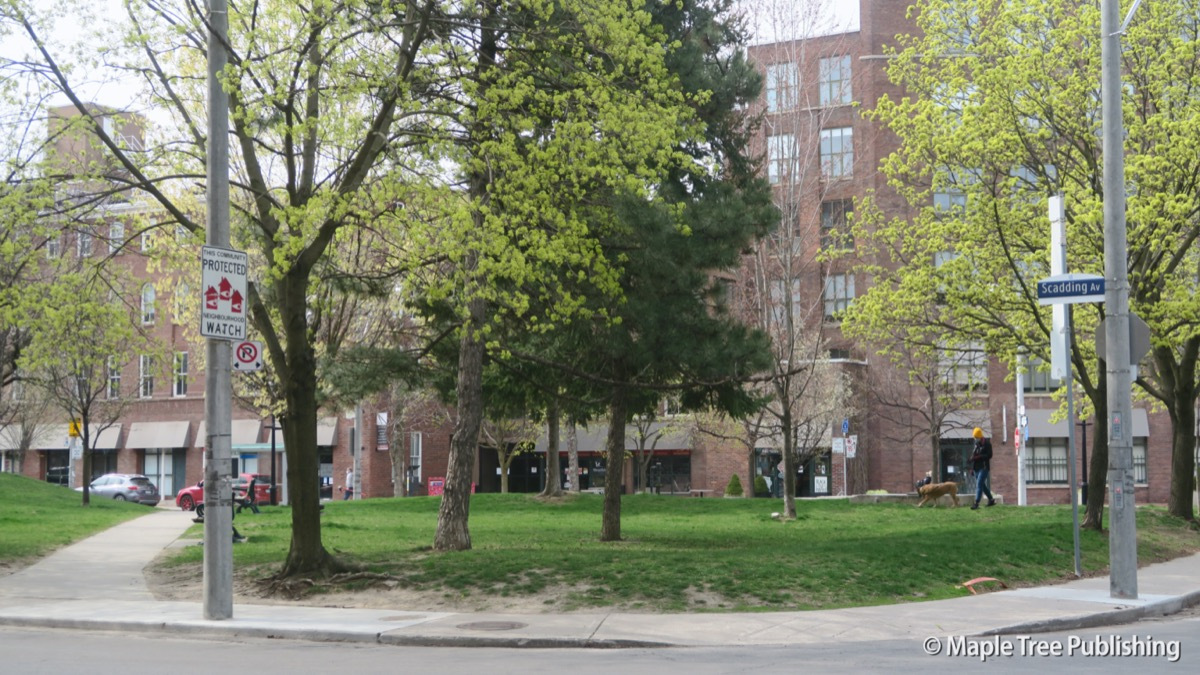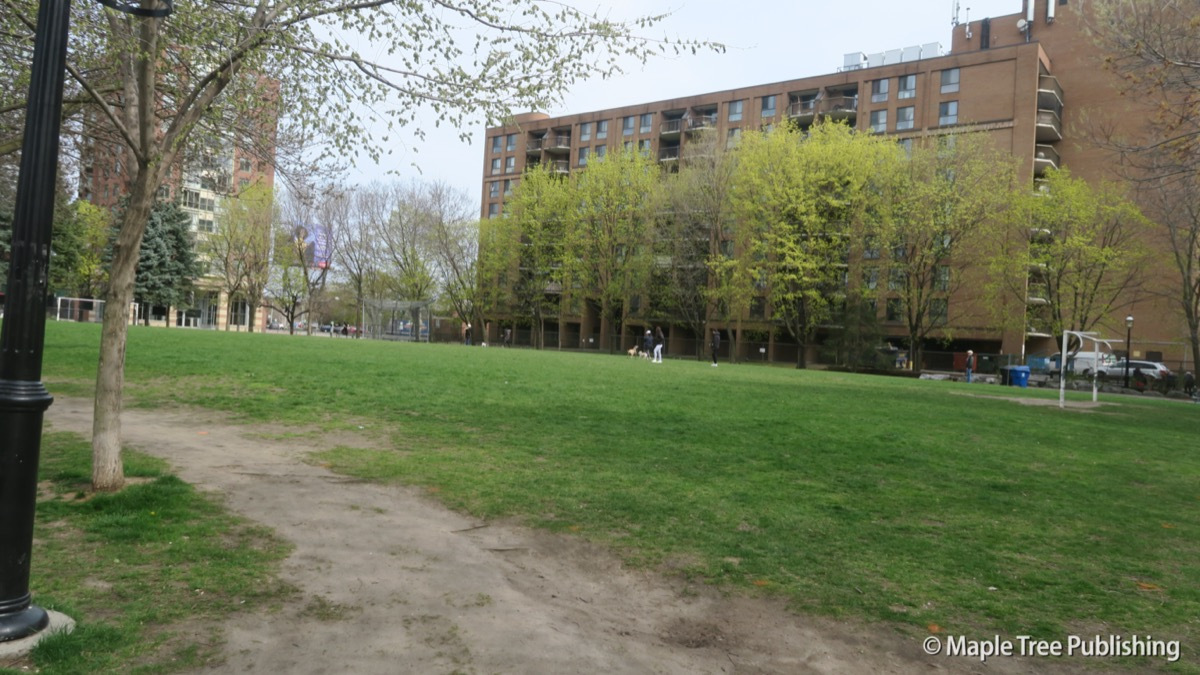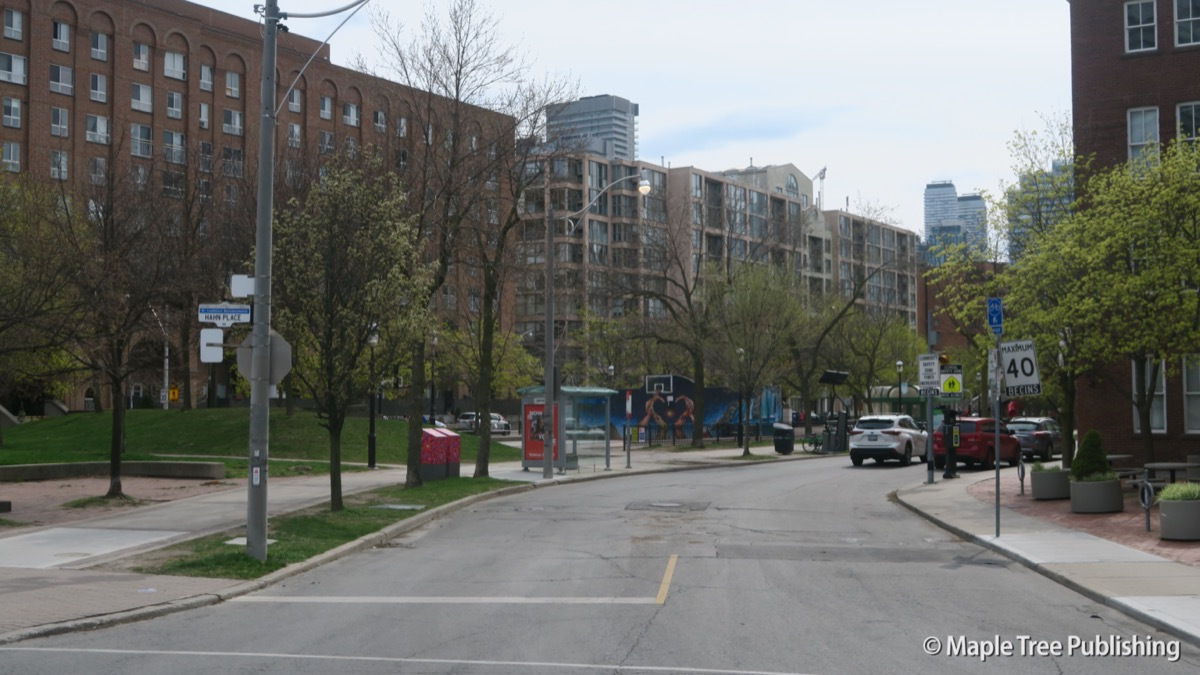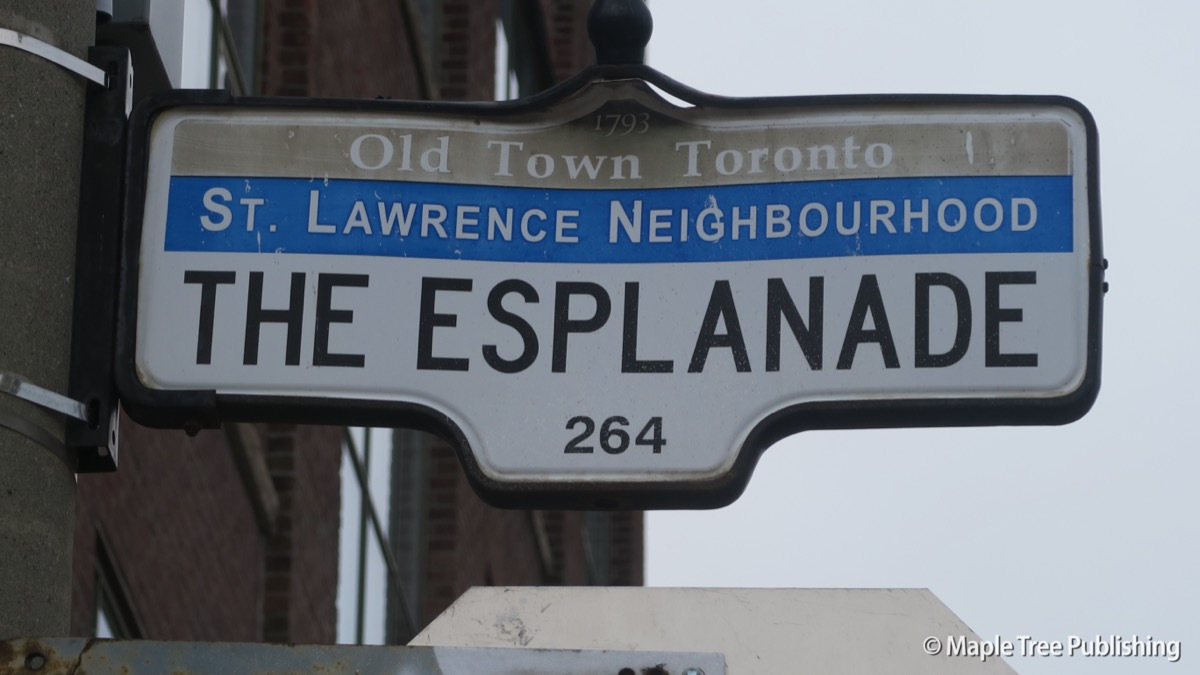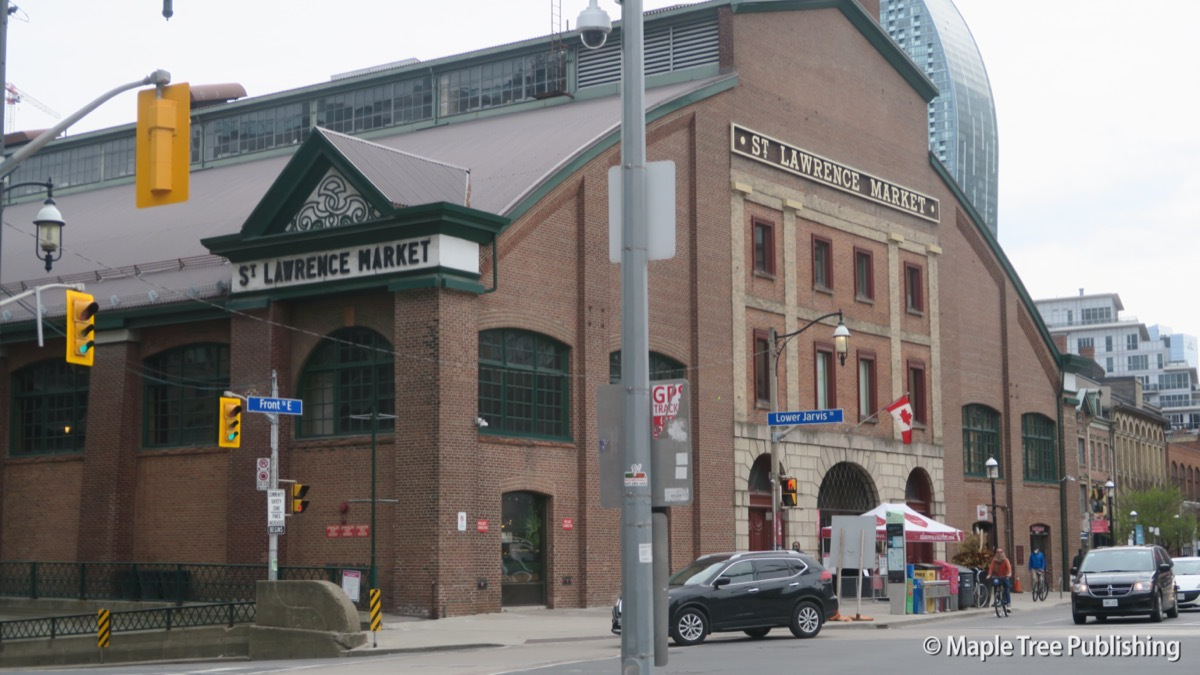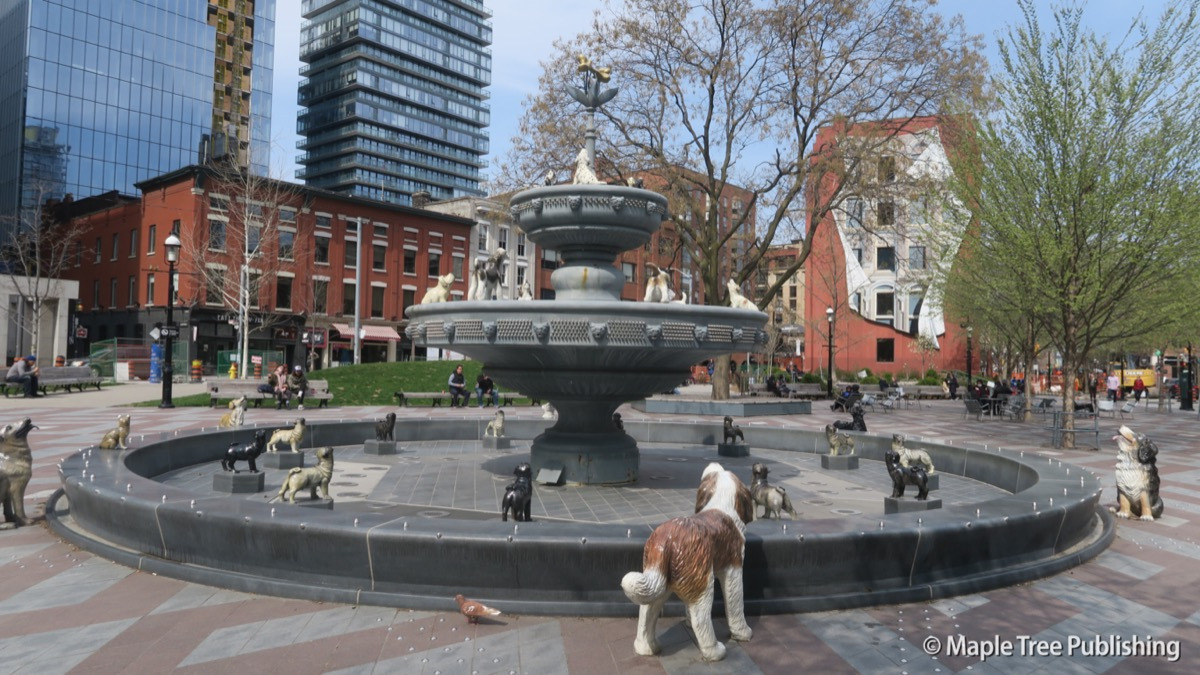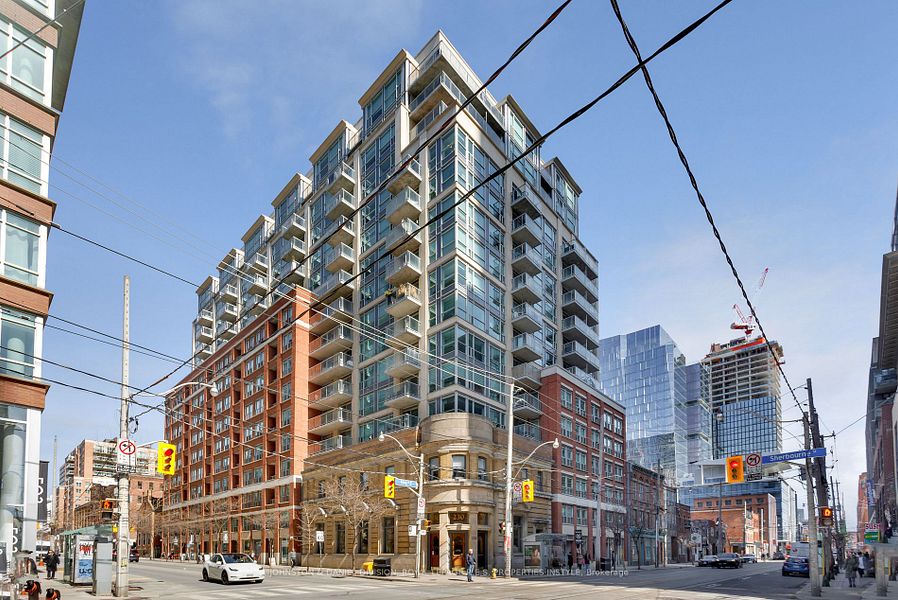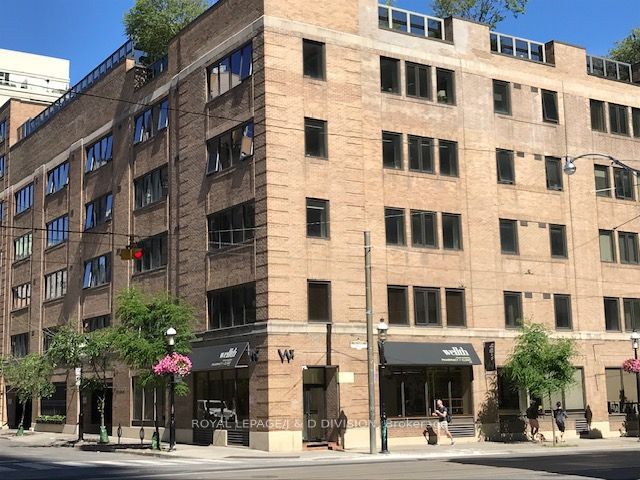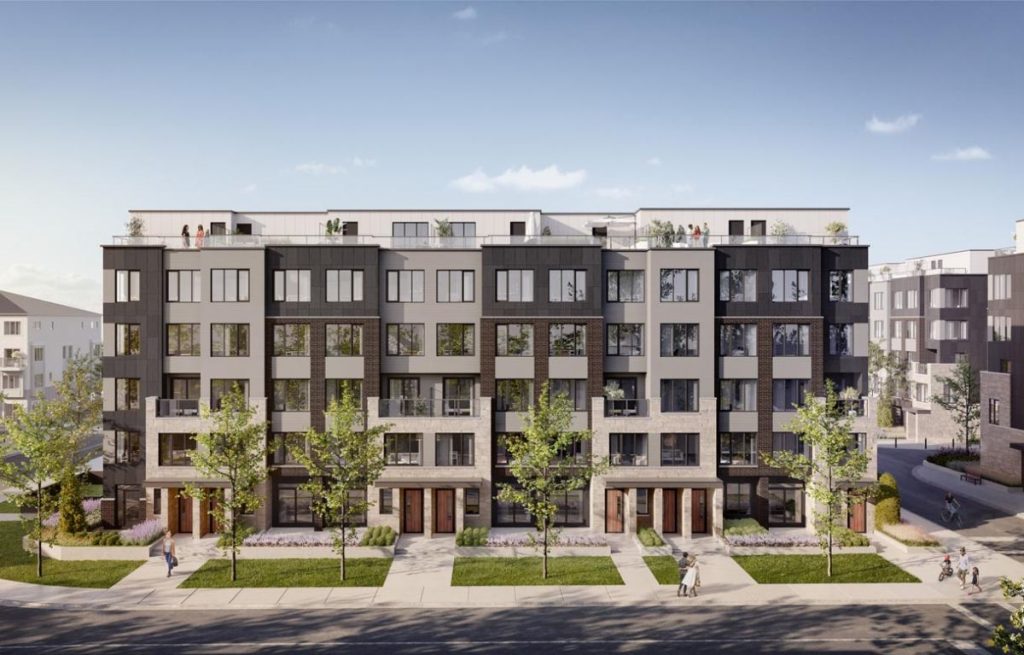St. Lawrence
History:
This is where Toronto’s first government, industry and commercial centres were located. Numerous important histroical buildings are still standing on the periphery of the neighbourhood including: the St. Lawrence Market South building which served as Toronto’s first City Hall, the Gooderham Flat Iron building which was the offices for the Gooderham financial empire, the King Edward Hotel designed by E.J. Lennox the architect of Casa Loma and St. James Cathedral which has the tallest church spire in Canada. Much of the present day St. Lawrence neighbourhood was created from landfill in the early 1800’s. It was originally intended to serve as a public promenade with a grand Esplanade along the waterfront. However the city turned the land over to the railways, which in turn attracted industry to the St. Lawrence area which remained a vital industrial area until the late 1940’s, when Toronto’s industrial base began moving outside of the city. Consequently, St. Lawrence went into a period of decline that lasted until the 1970’s, when Toronto politicians created the blueprint for the present day St. Lawrence neighbourhood.
Overview:
The St. Lawrence neighbourhood is as old as Toronto itself. In fact, the Town of York – the forerunner to the City of Toronto – spanned the 10 city blocks that now comprise the St. Lawrence neighbourhood. The architecturally significant 19th-century Georgian style red and yellow brick buildings that line Front Street harken back to this earlier period. The newer part of the St. Lawrence neighbourhood situated around The Espanade was constructed in the 1970s. These residences contain a nice mix of low rent and subsidized rental accommodation together with co-ops, and luxury new condominiums. The St. Lawrence Market South building, a neighbourhood landmark stands proudly as the home to over 200 food vendors and is frequented by tourists and locals alike. This market founded in 1803, was recently ranked by National Geographic as the best food market in the world. A family-friendly neighbourhood with residents from mixed incomes and many different cultural backgrounds. The St.Lawrence neighbourhood has been critically acclaimed as a major success story in urban planning. It has become a model for the design and planning of mixed-use new neighbourhoods across North America.
To connect with the St. Lawrence Neighbourhood Association click here.
Lifestyle:
The Esplanade, which runs through the middle of the St. Lawrence neighbourhood, contains retail stores and services that meet the day-to-day needs of the St. Lawrence residents. The Esplanade’s restaurants, bars, and specialty stores are popular with tourists. St. Lawrence residents have the luxury of being able to walk to the famous St. Lawrence Market, a food emporium with over 200 vendors attracting shoppers from near and far. Stroll through this Toronto landmark and be entertained by live performers, enjoy a vast variety of prepared foods, and purchase everything from fresh seafood to farm fresh eggs and organic chicken. Shopping at this market dubbed the best food market in the world by National Geographic is an experience not to be missed. The South Market is open 7 days a week. Food has been at the heart of the St. Lawrence neighbourhood in East Toronto dating back to 1803, when Lieutenant Governor Peter Hunter declared the area that encompassed Front Street to King Street and Jarvis Street to Church Street as the “Market Block.” Toronto citizens have been buying local farm-fresh produce at the St. Lawrence Market for over 200 years. So it seems appropriate given its rich tradition in food that the St. Lawrence Market is home to The Market Kitchen, a cooking school and event venue. The Market Kitchen is located on the west mezzanie of the south market. This 2,400 square foot space resembles a funky hard loft with exposed brick, soaring original windows, and polished hardwood floors. An open view of the marketplace below adds ambiance and a sense of inspiration to those pursuing culinary excellence. The Market Gallery offers cooking classes for all levels as well as hosting a myriad of events held year round . The Market Kitchen also conducts events for couples and children. It also hosts a popular Celebrity Chef series that gives participants the opportunity to be in the kitchen with some of Canada’s critically acclaimed chefs
Homes:
The apartment buildings and townhouses in the St. Lawrence neighbourhood were designed by some of Toronto’s most accomplished architects. The one consistent feature in these designs is the use of red brick exteriors on all the homes. Private and non-profit housing and market rental buildings, all co-exist here. In the last few years the St. Lawrence neighbourhood has seen the addition of new luxury glass and steel condominium apartment buildings that proliferate throughout the downtown core.
Recreation:
David Crombie Park named after a former Toronto mayor is a multi-faceted linear park that runs through the centre of the St. Lawrence neighbourhood, along The Esplanade. This park includes pretty strolling and sitting gardens, a waterfall, a handball court, and a basketball court. The St. Lawrence Community Recreation Centre is located on The Esplanade. This modern facility includes squash courts, a swimming pool, a gymnasium, a piano room, a weight room, and a games room.
Transportation:
Union Station is within walking distance of the St. Lawrence neighbourhood. TTC, Go Transit and Via Rail services operate out of Union station. The Gardiner Expressway, Lake Shore Boulevard and Don Valley Expressway are all conveniently accessed within minutes of the St. Lawrence neighbourhood.
Featured Listings
Toronto
Church Yonge Corridor
St. Lawrence Stats
Walkability:
High
Public Transit:
Medium
Affordability:
Medium
Greenspace:
Medium
Recreation:
High
Legend: Low, Medium, High
Commute Times
* All commuting times provided are approximate times only. Commute times may increase or decrease depending on where you live within the neighbourhood and the time of day i.e rush hour versus off hour commutes. Time estimates to public transit are based on walking distance or bus line connection whichever is quicker. All other commute times on the chart above are based on drive times.
School Guide
No Records Found
Sorry, no records were found. Please adjust your search criteria and try again.
Google Map Not Loaded
Sorry, unable to load Google Maps API.
Toronto School Resources

Editor’s Note. BEFORE MOVING INTO, BUYING OR RENTING A HOME, PLEASE CONTACT THE SCHOOL YOU ARE CONSIDERING BY PHONE to ensure your home is within the designated boundaries and that your child is age appropriate. WE CANNOT BE HELD RESPONSIBLE FOR ANY MISINFORMATION REGARDING SCHOOL ENROLLMENT SO DO NOT ASSUME that your child can automatically attend a specific school or specialized program until you have official confirmation from that school. Please visit the school board web sites for more information.
